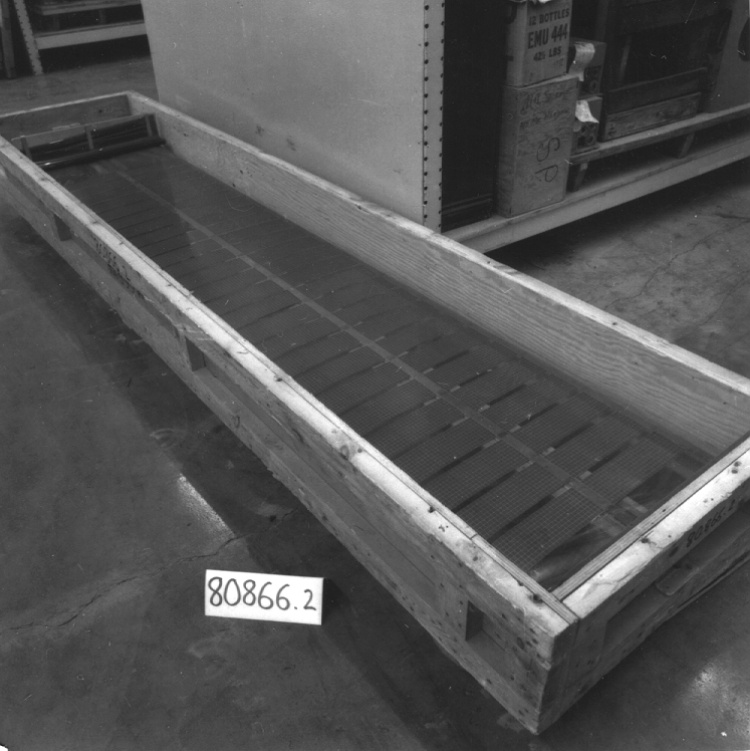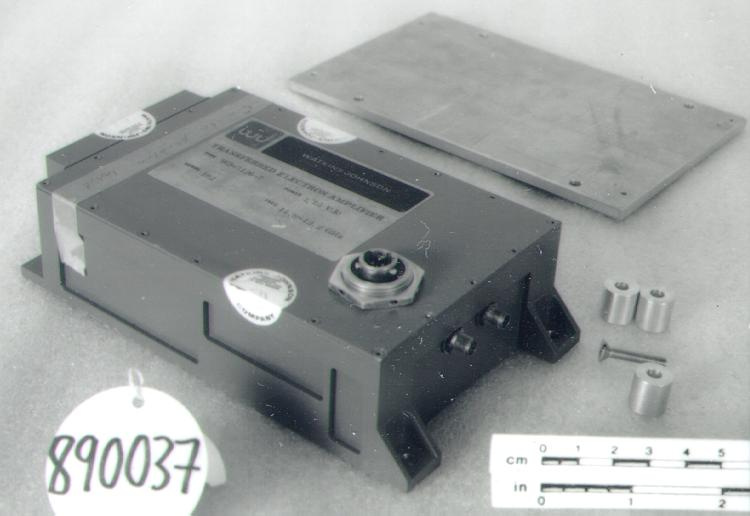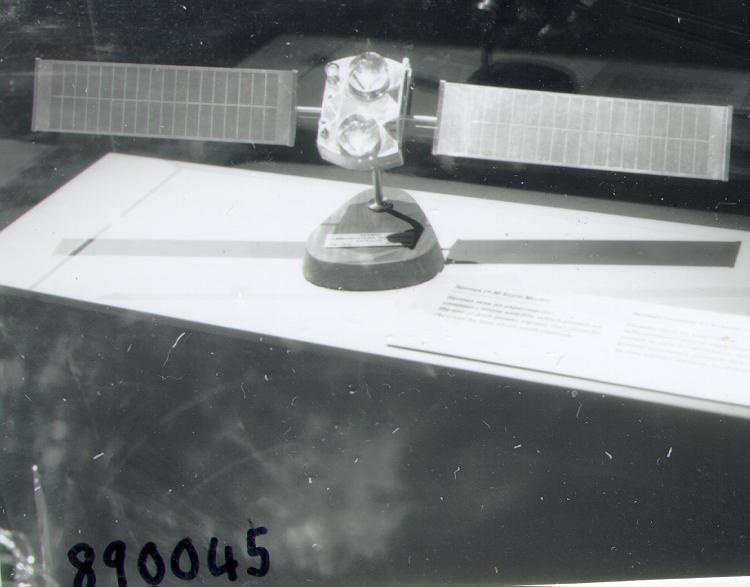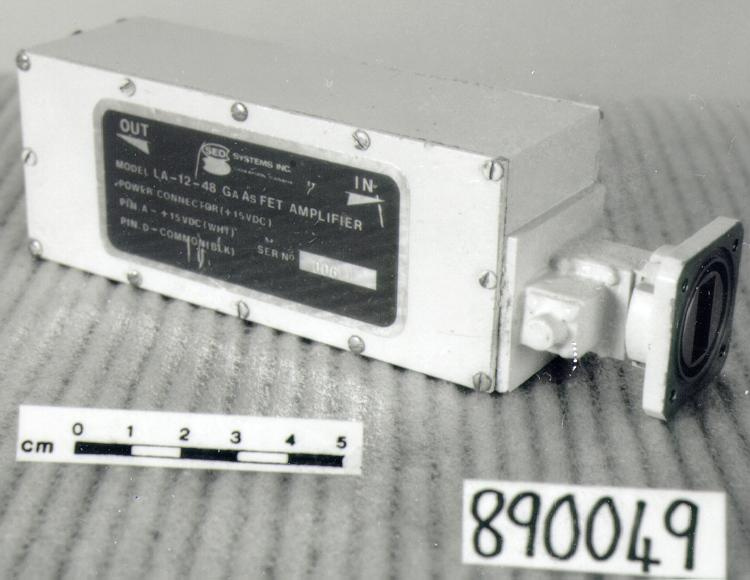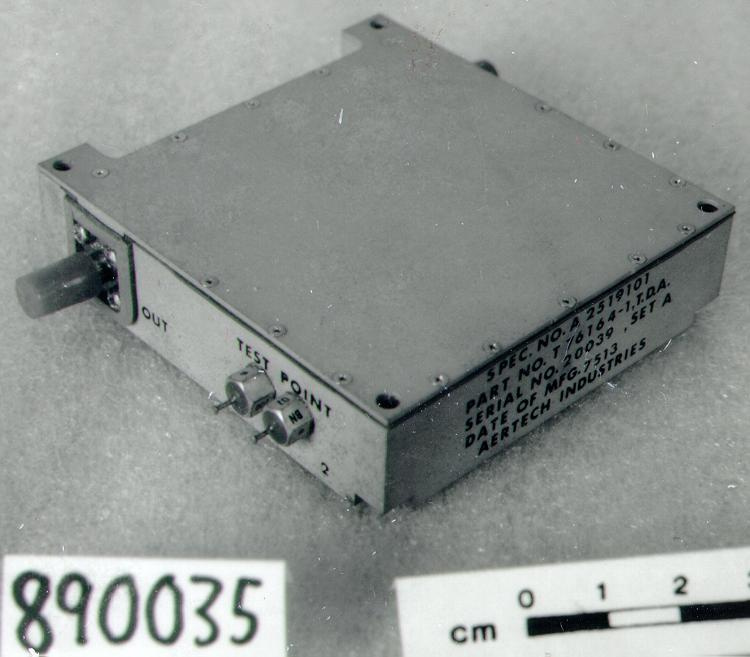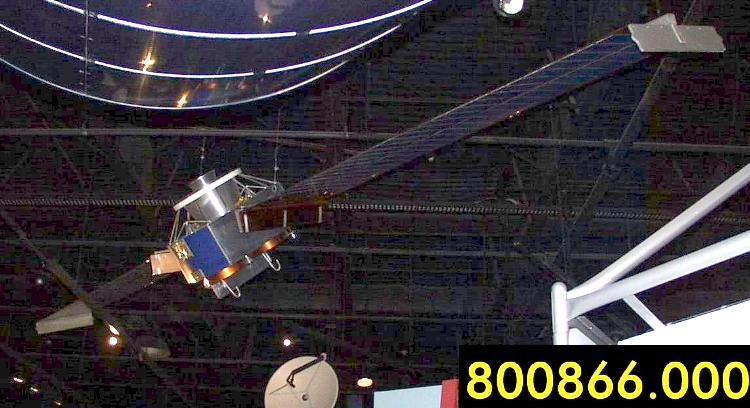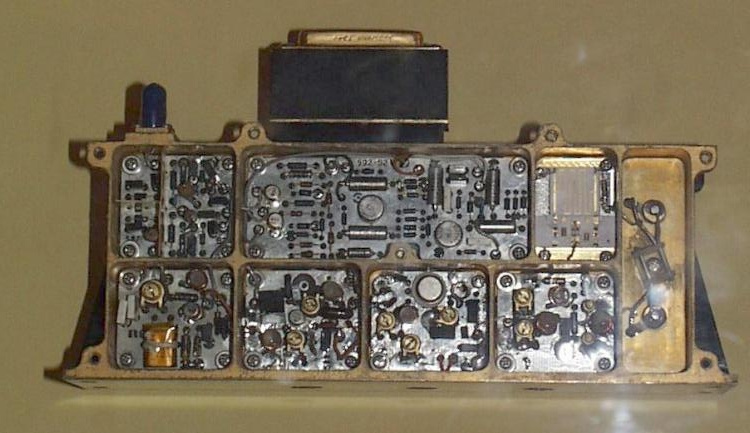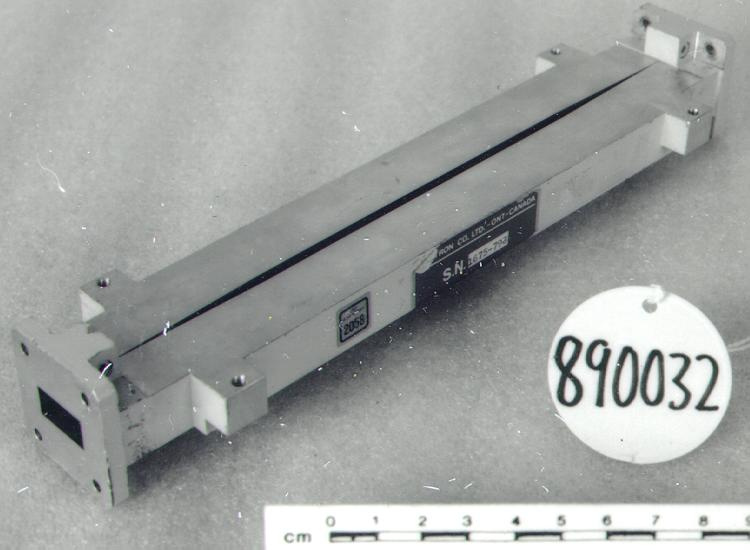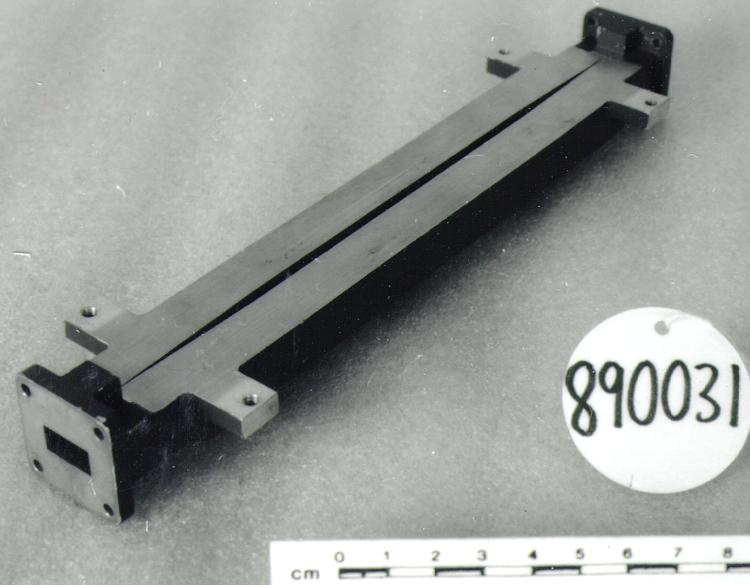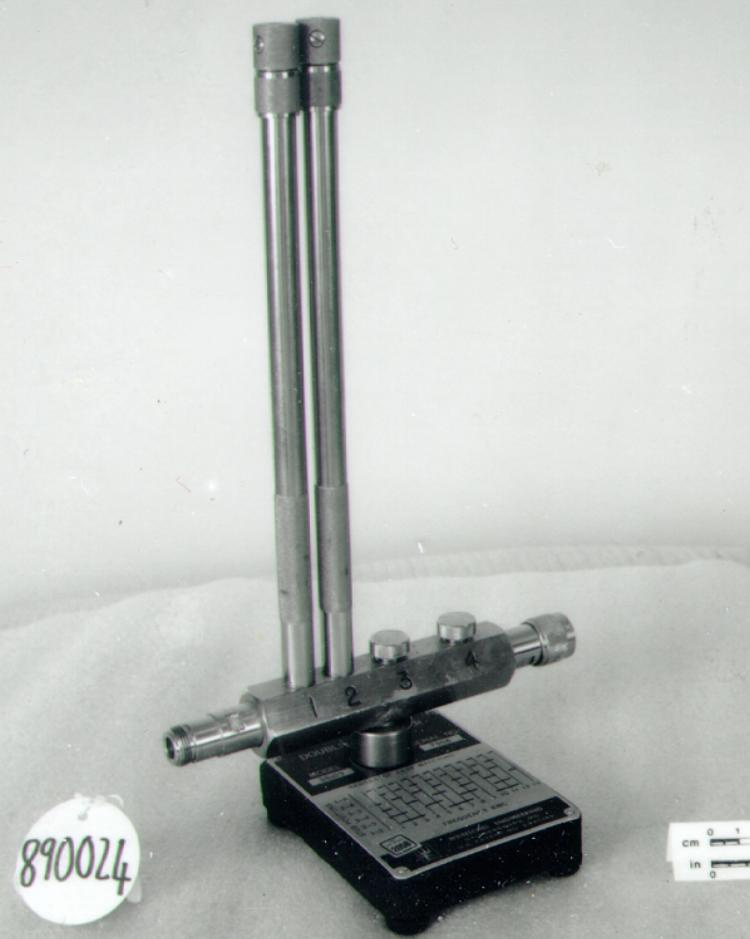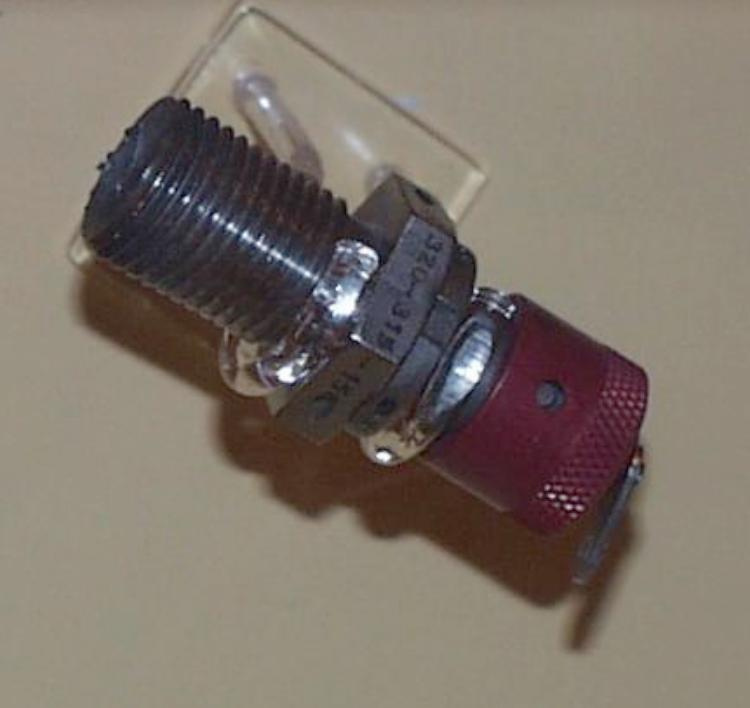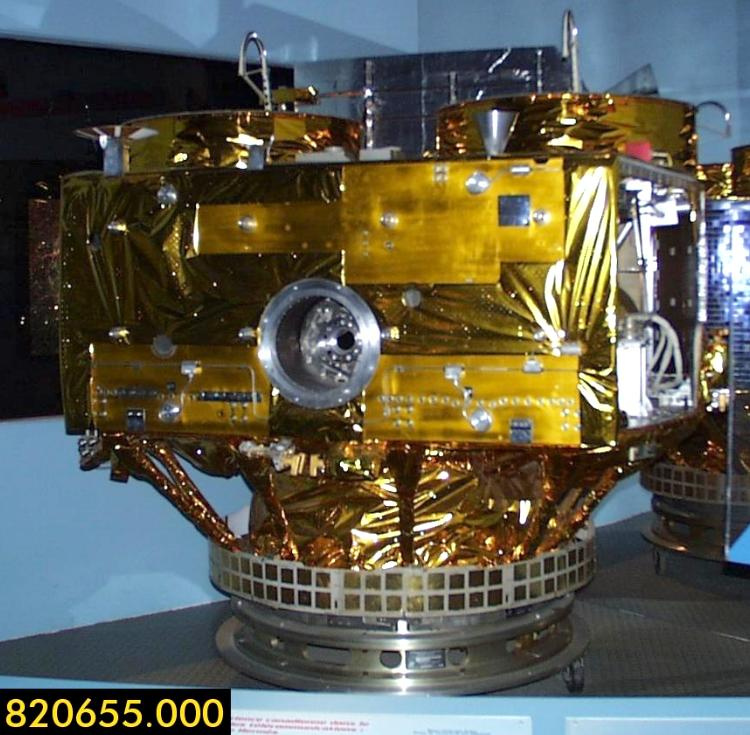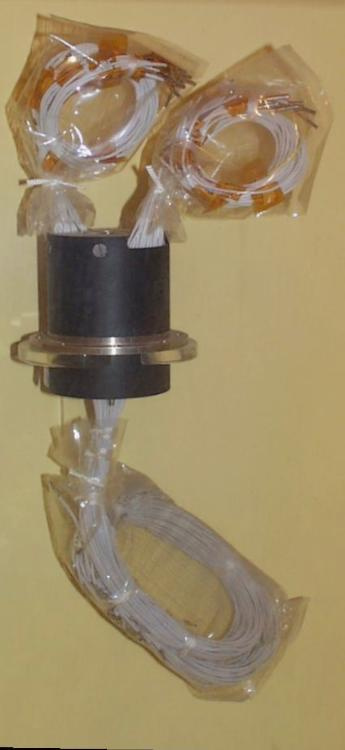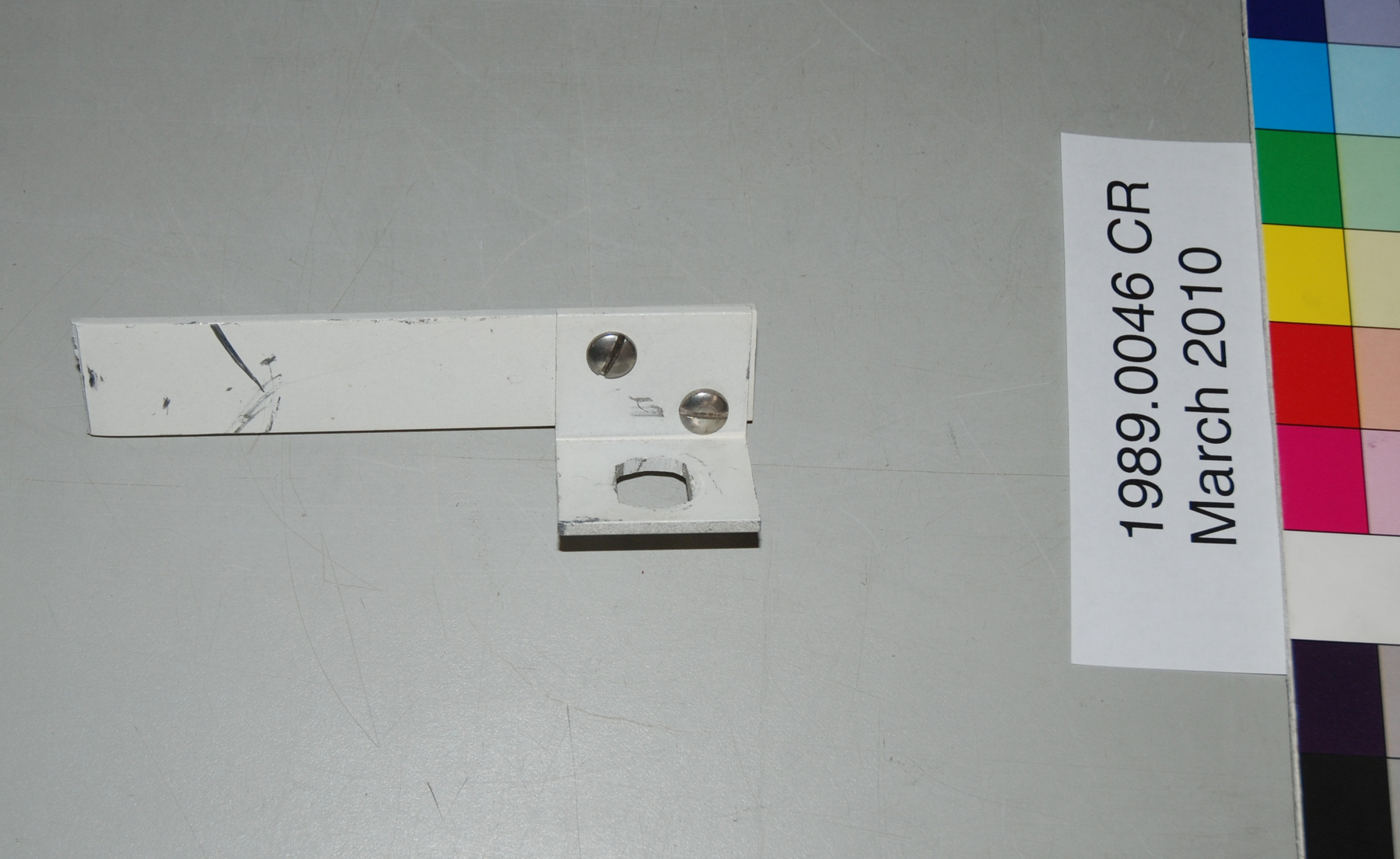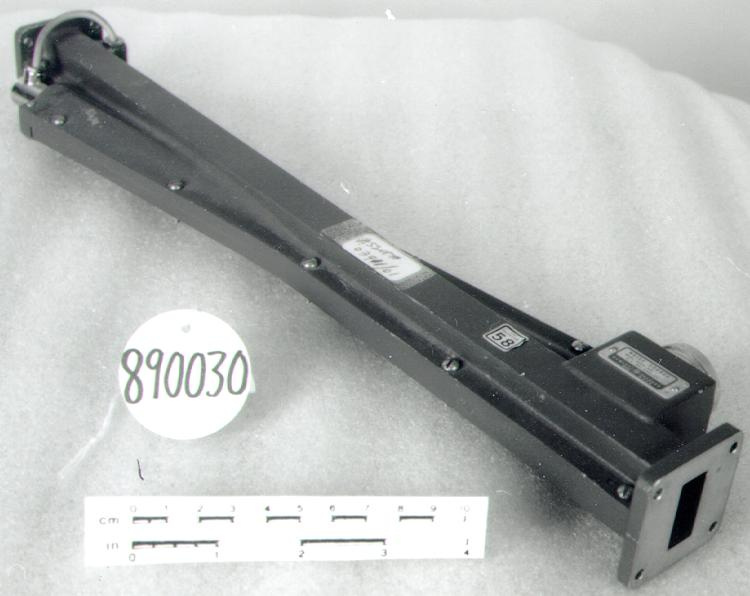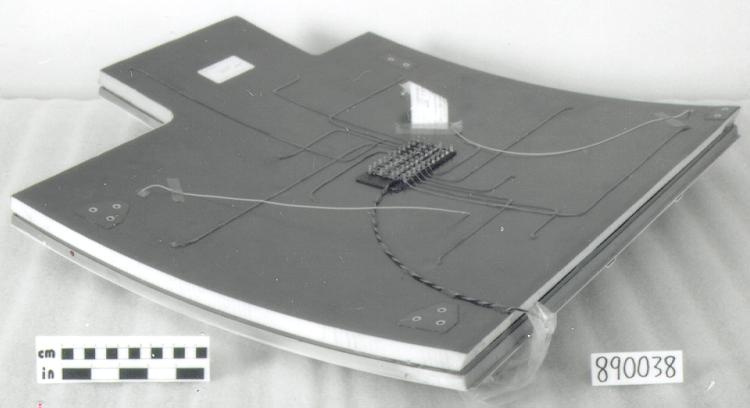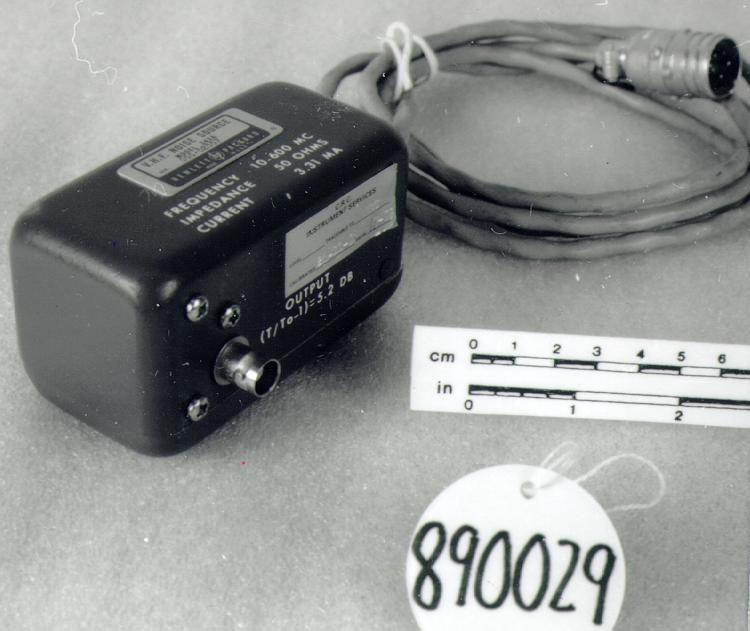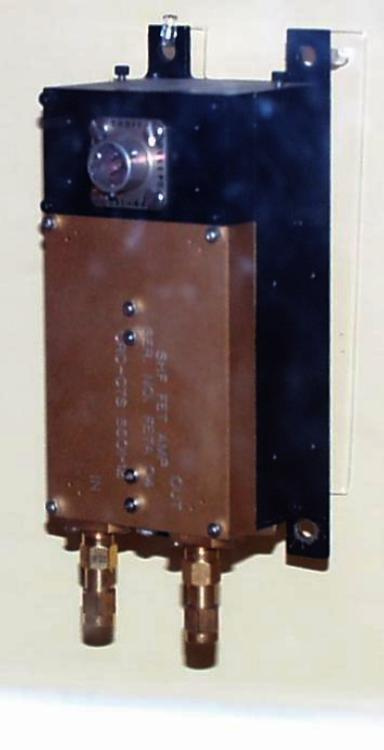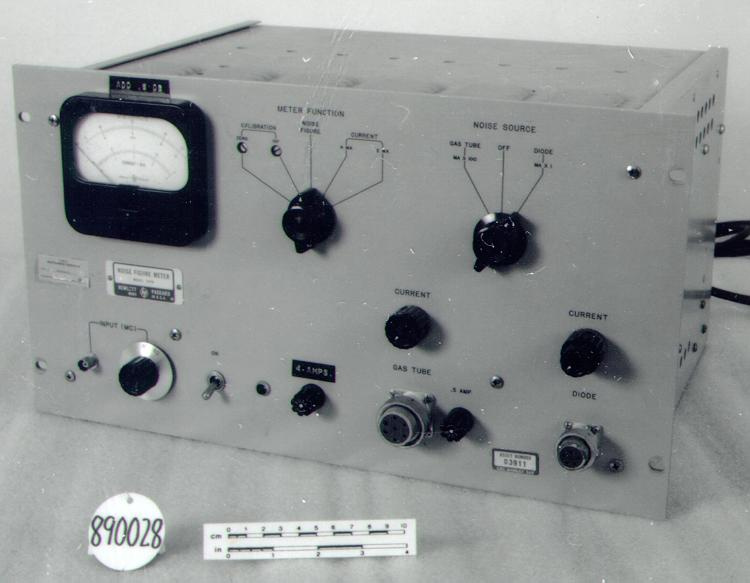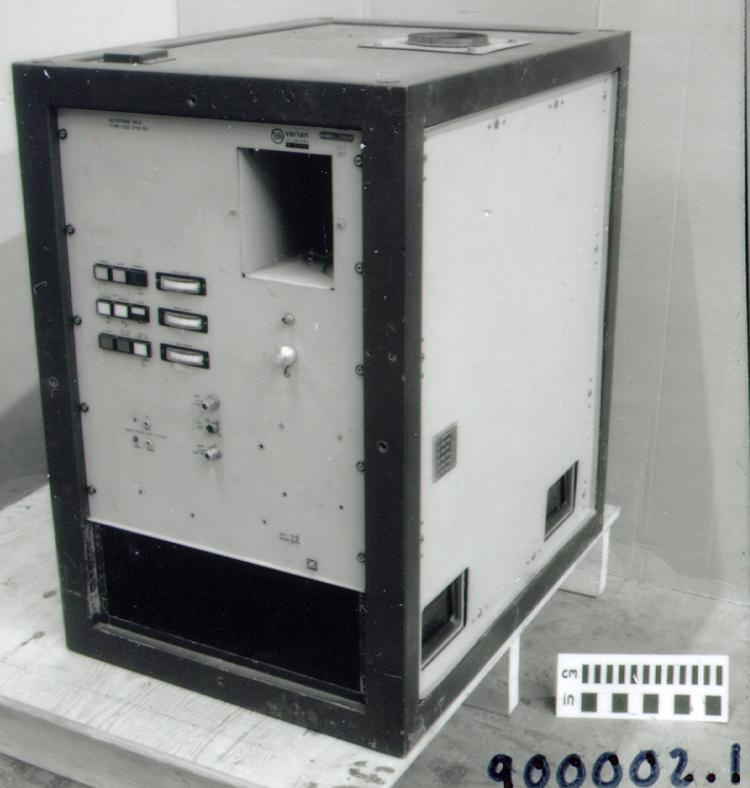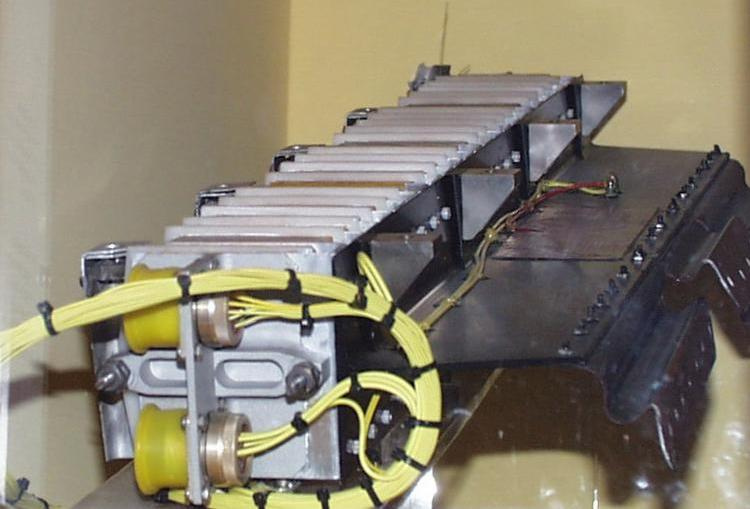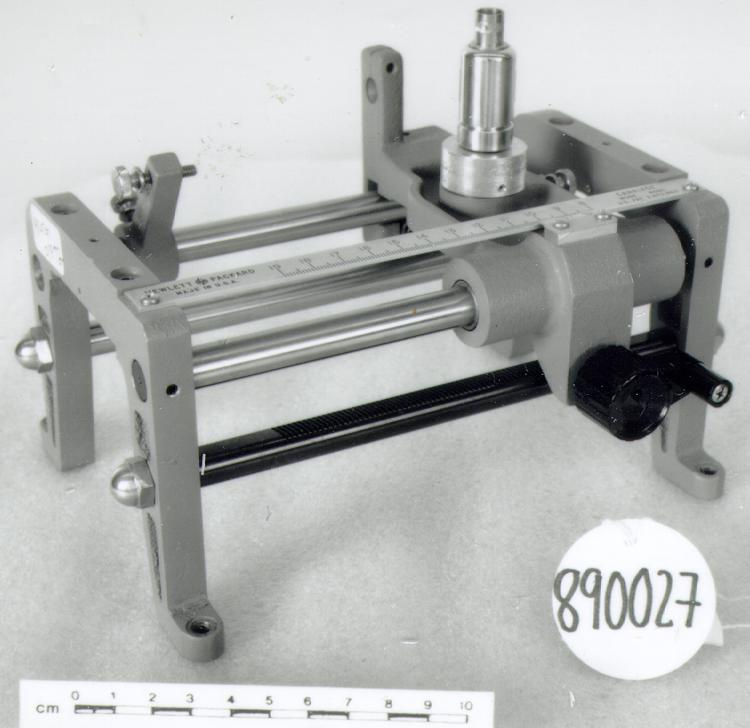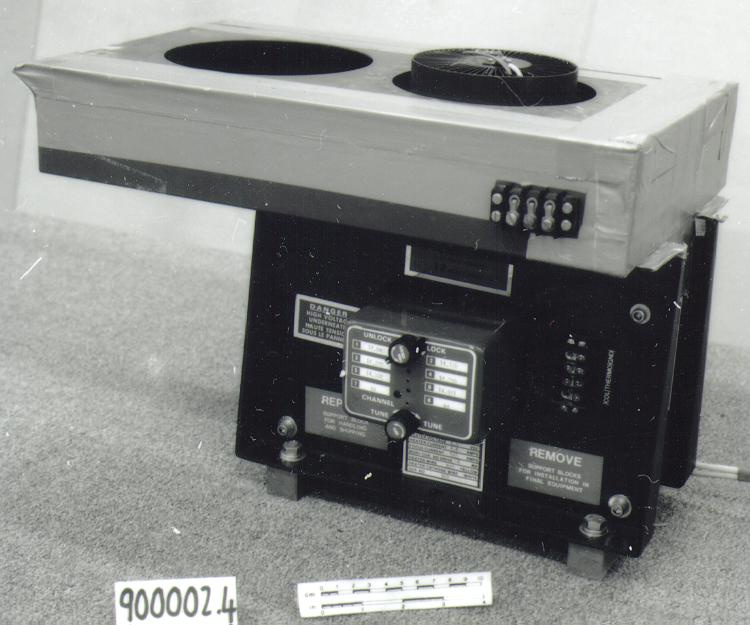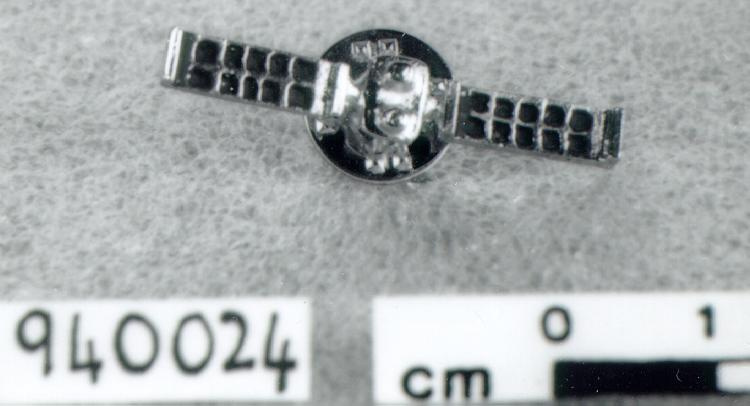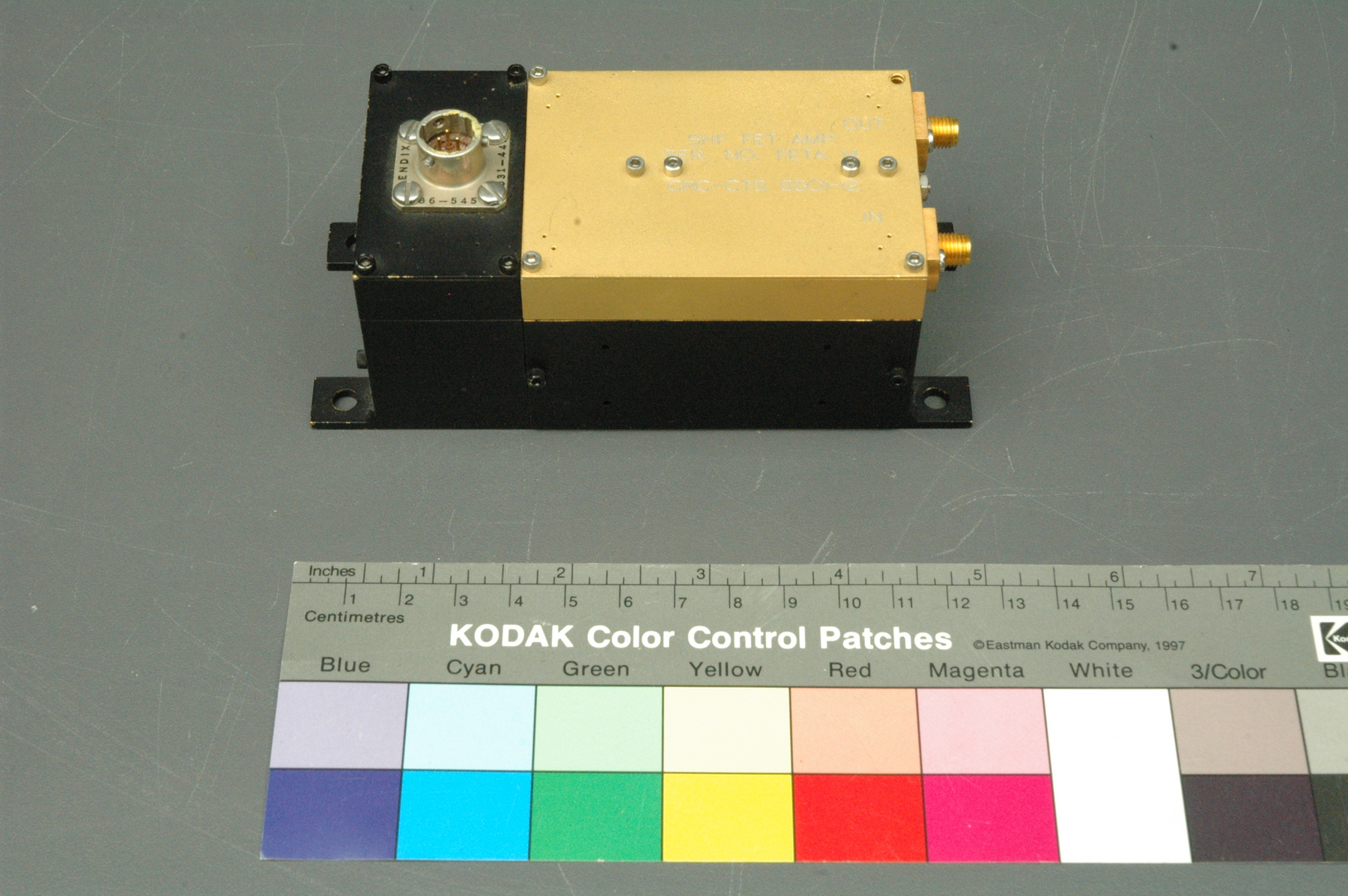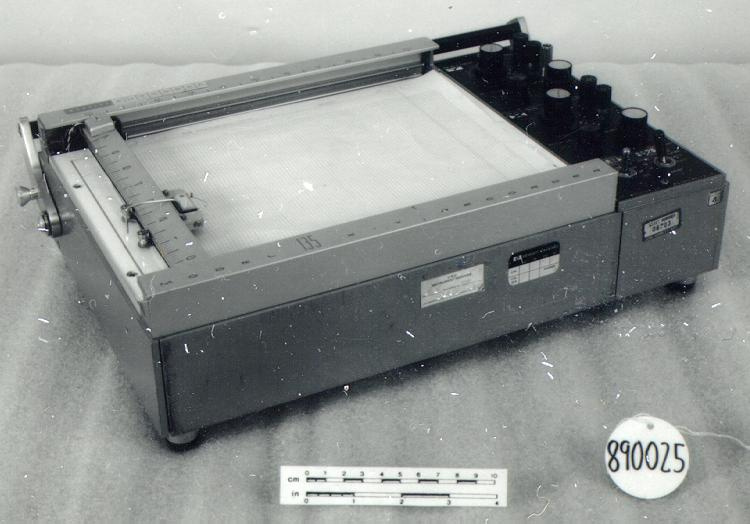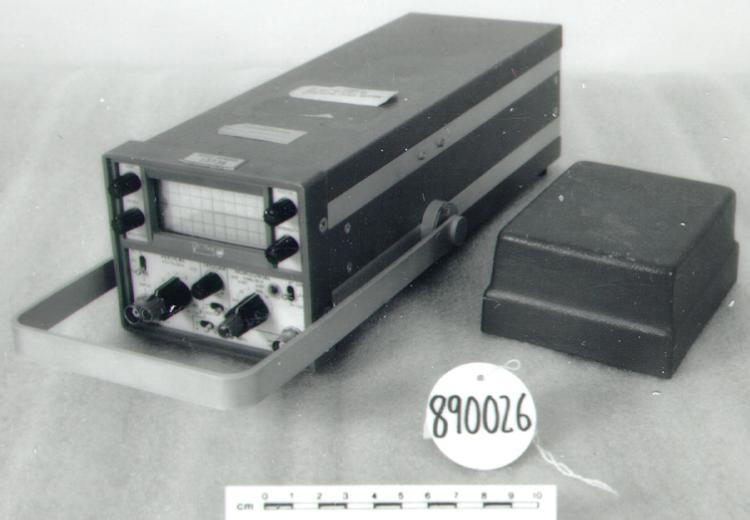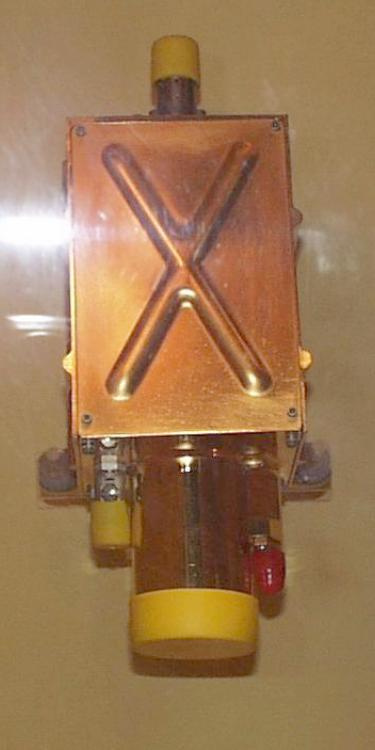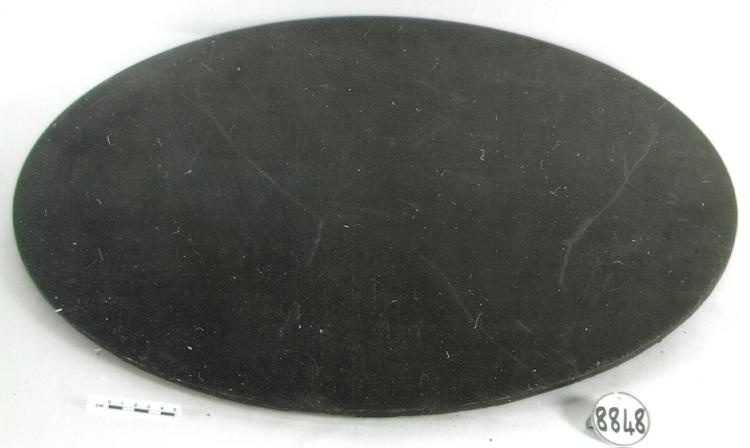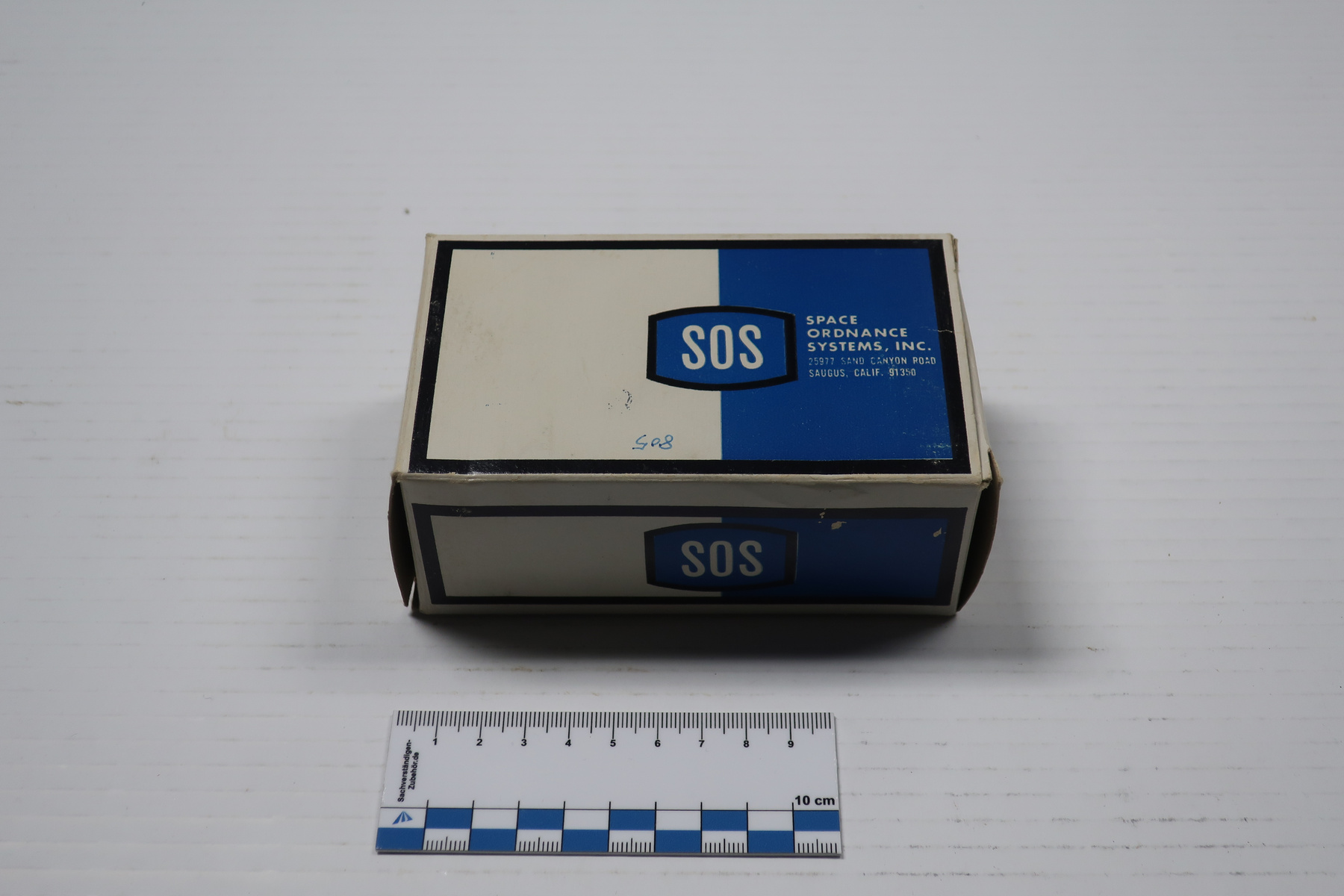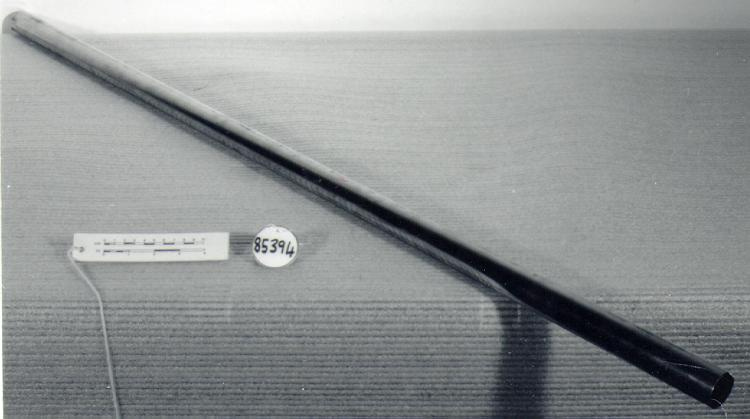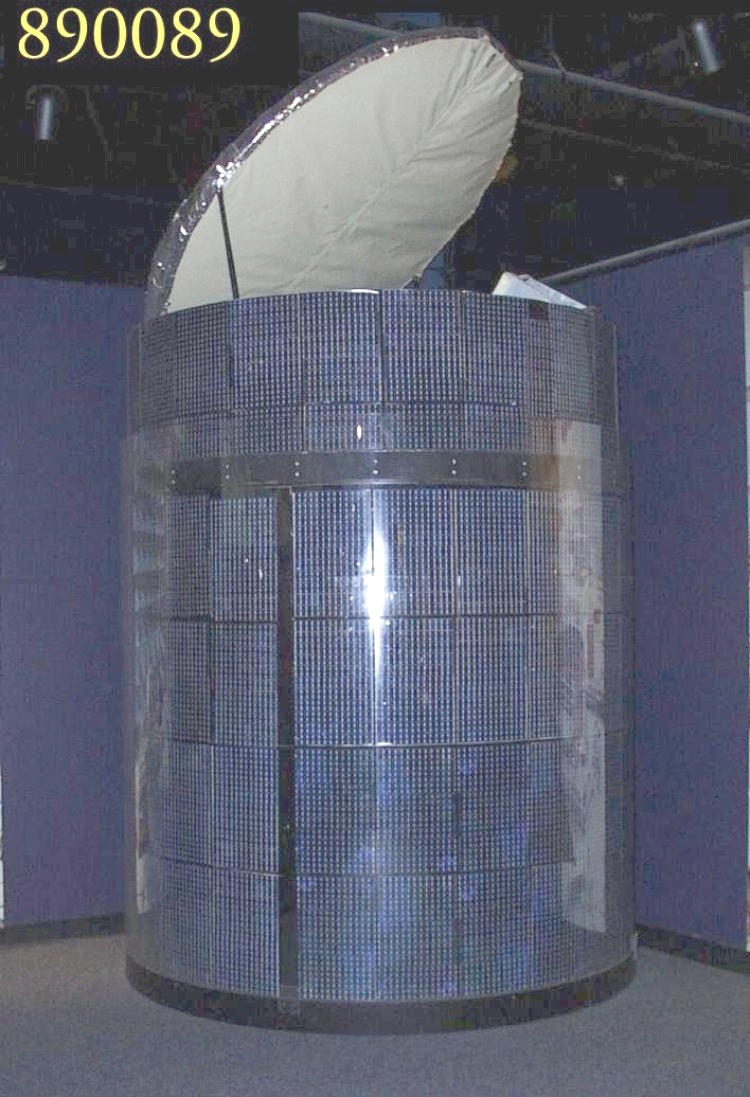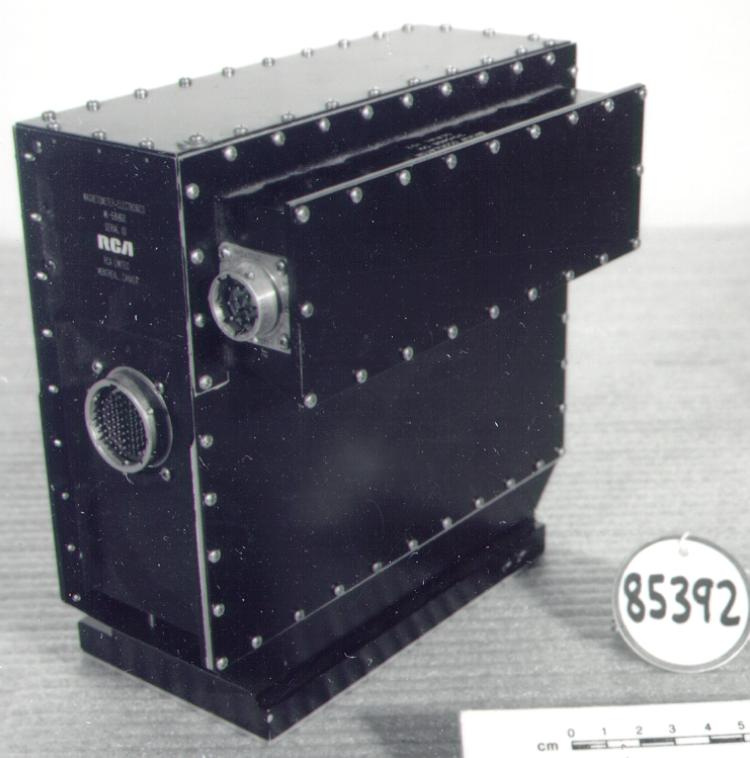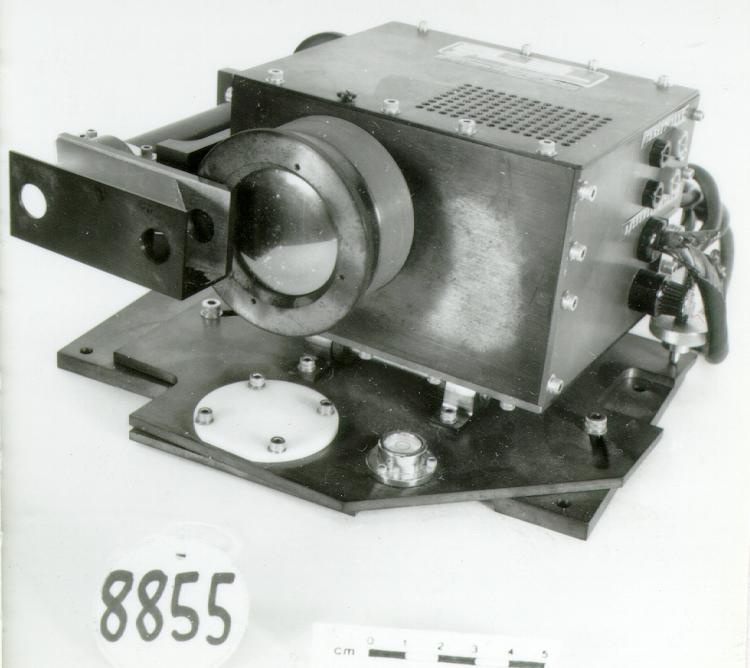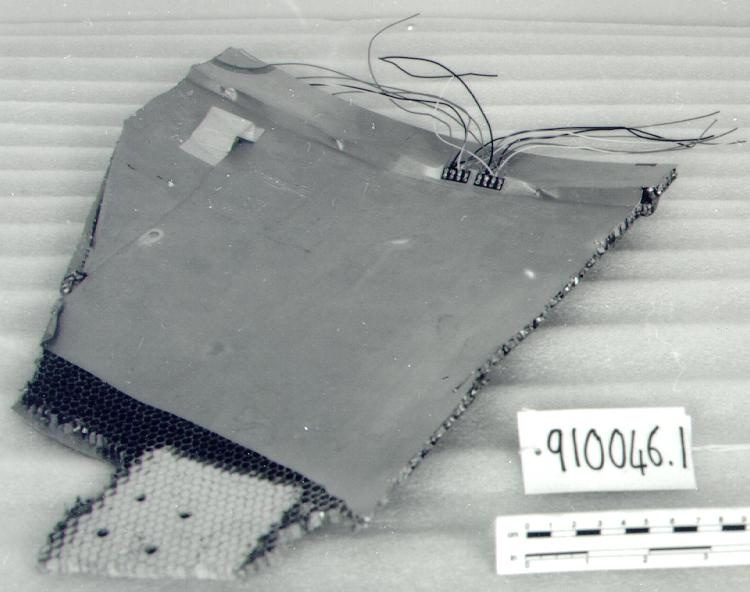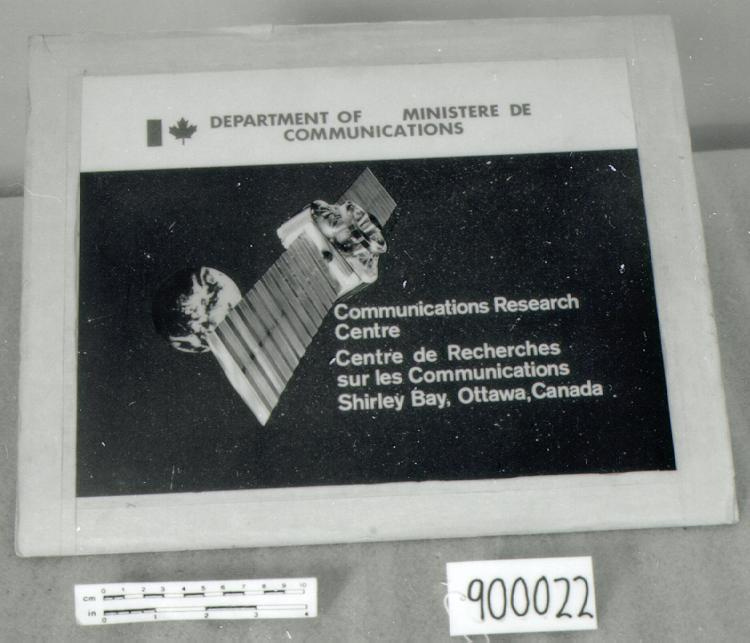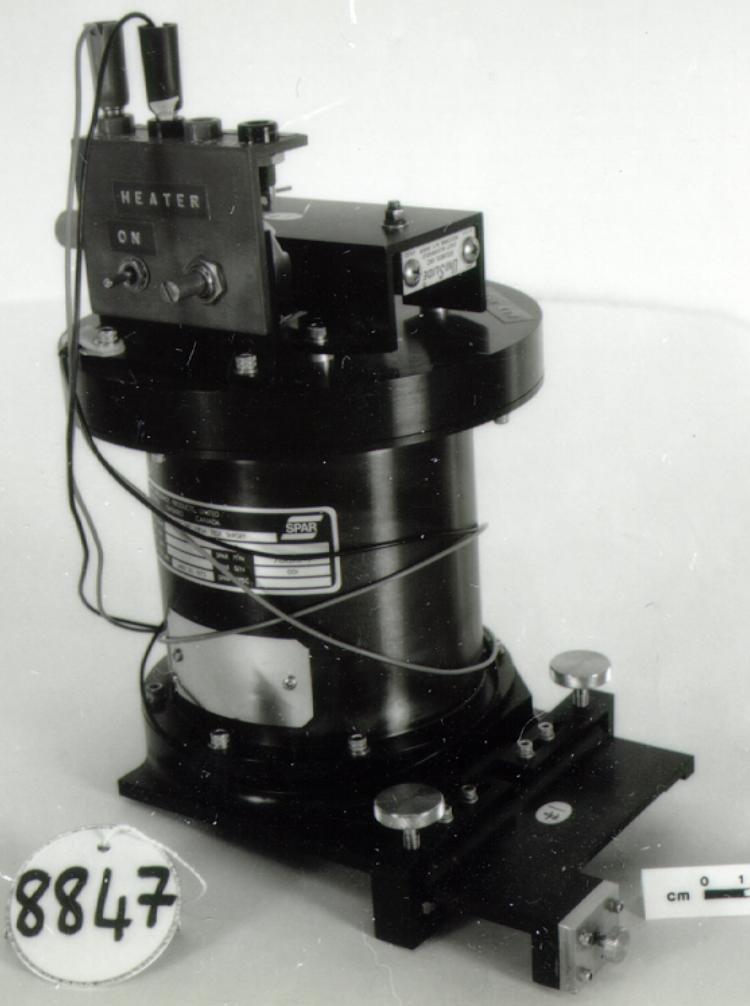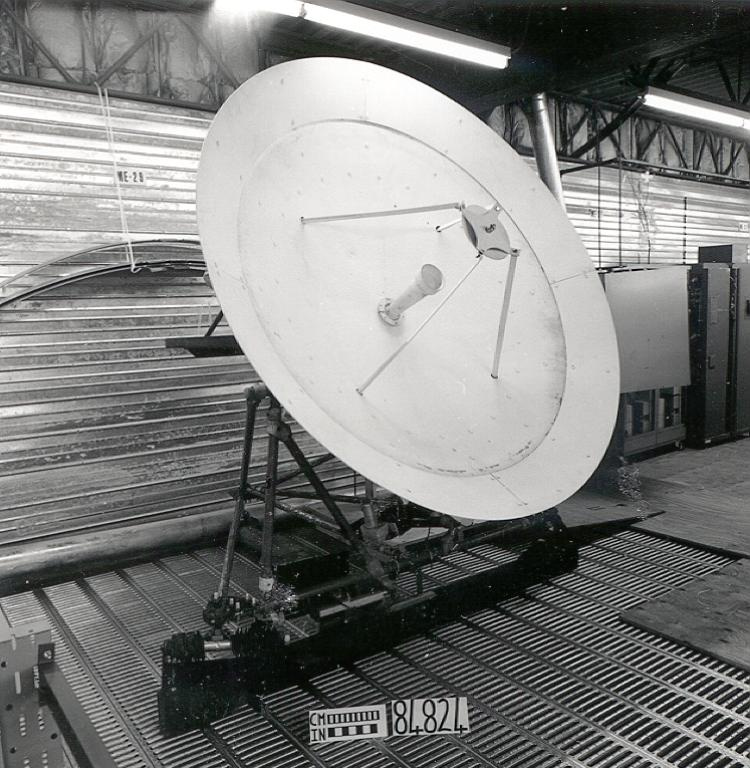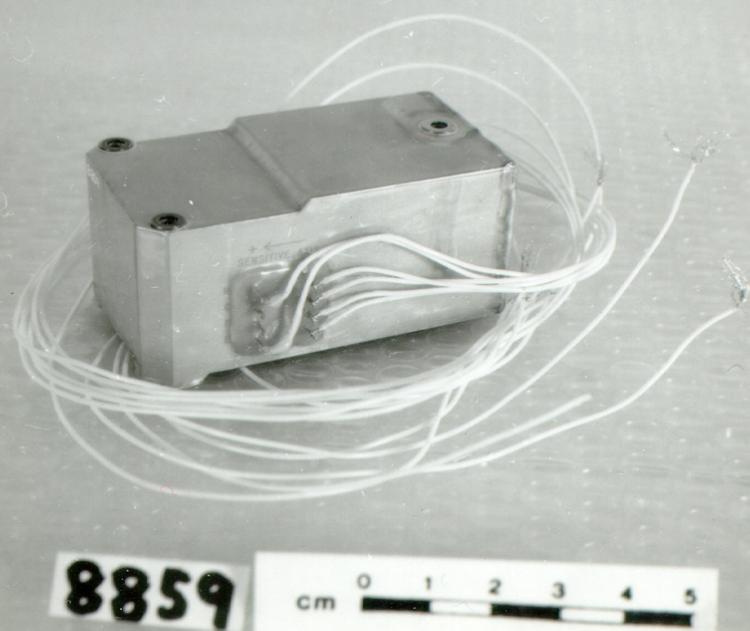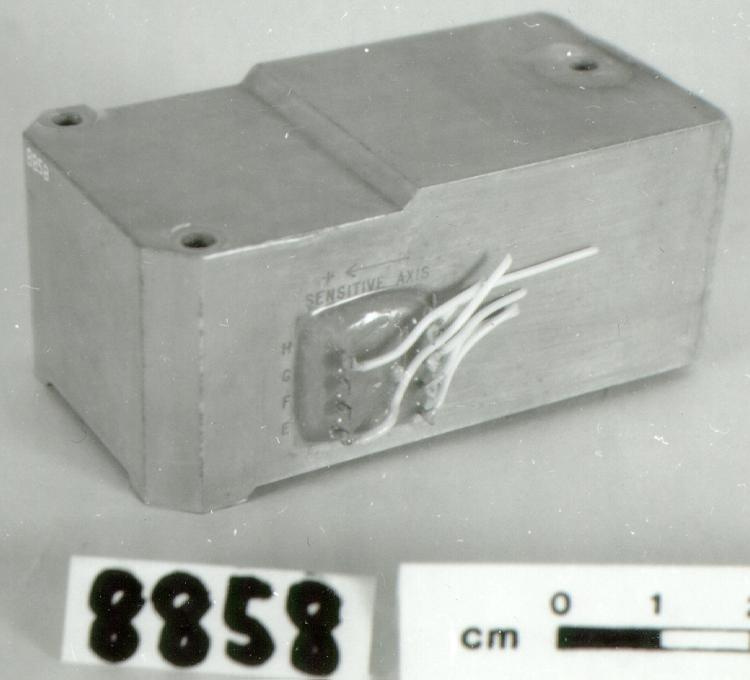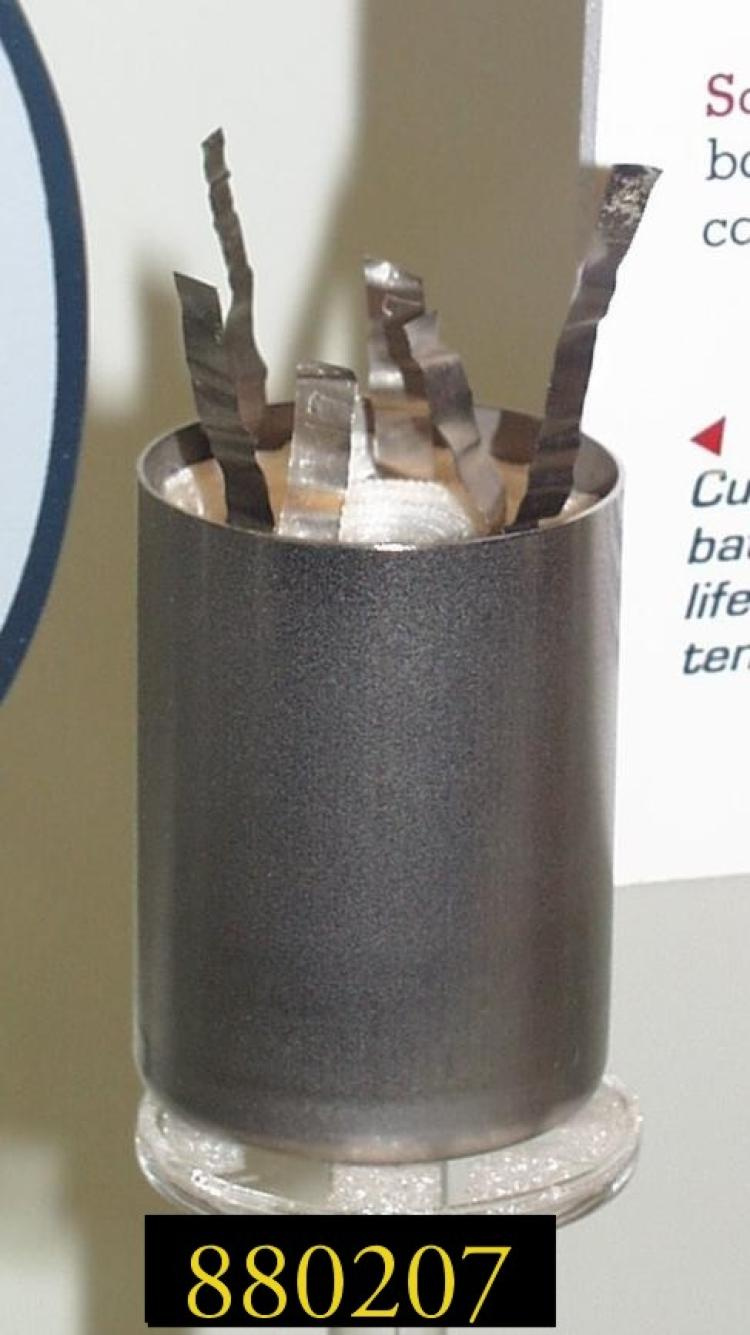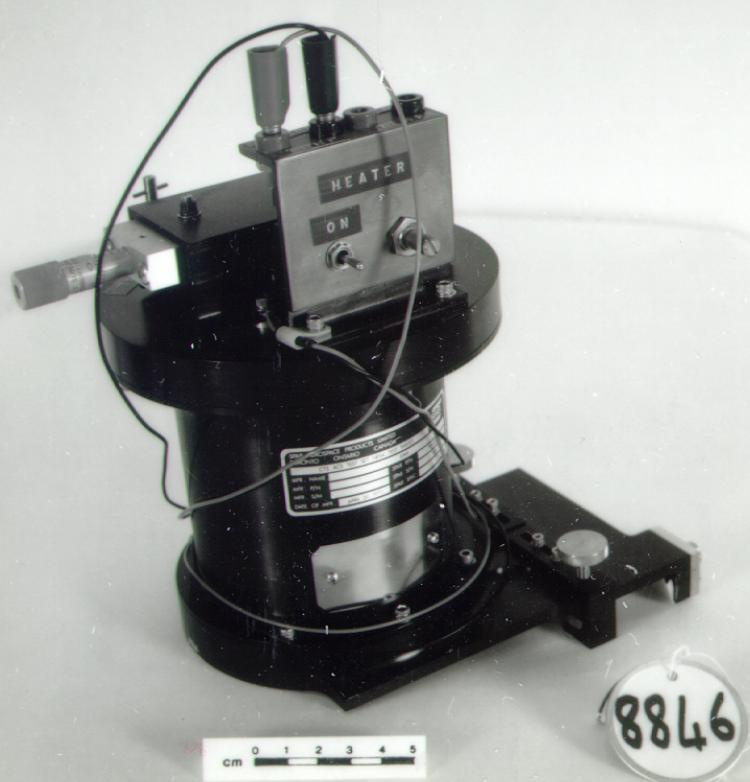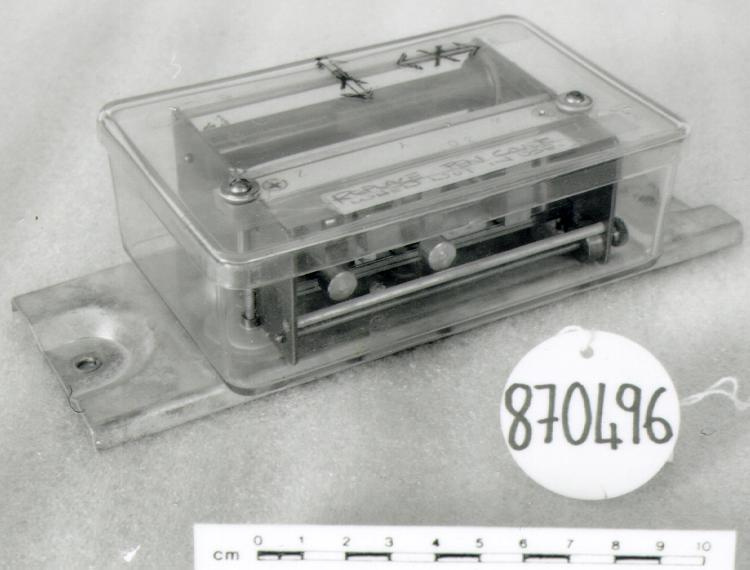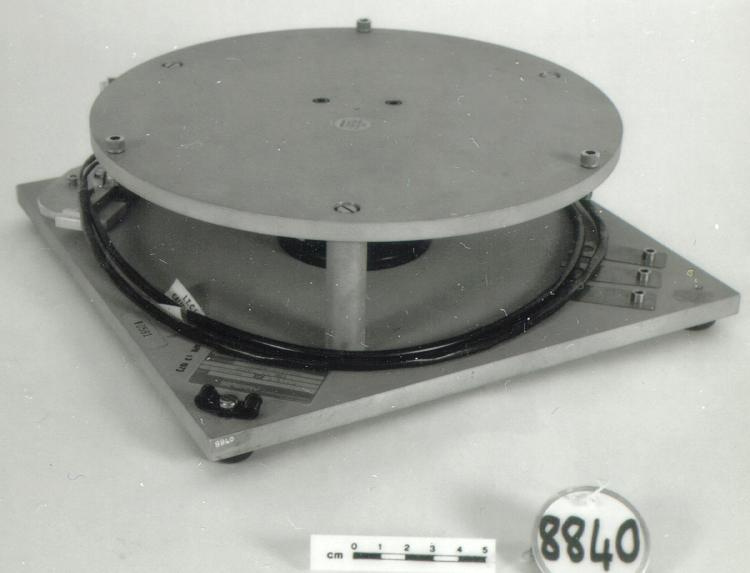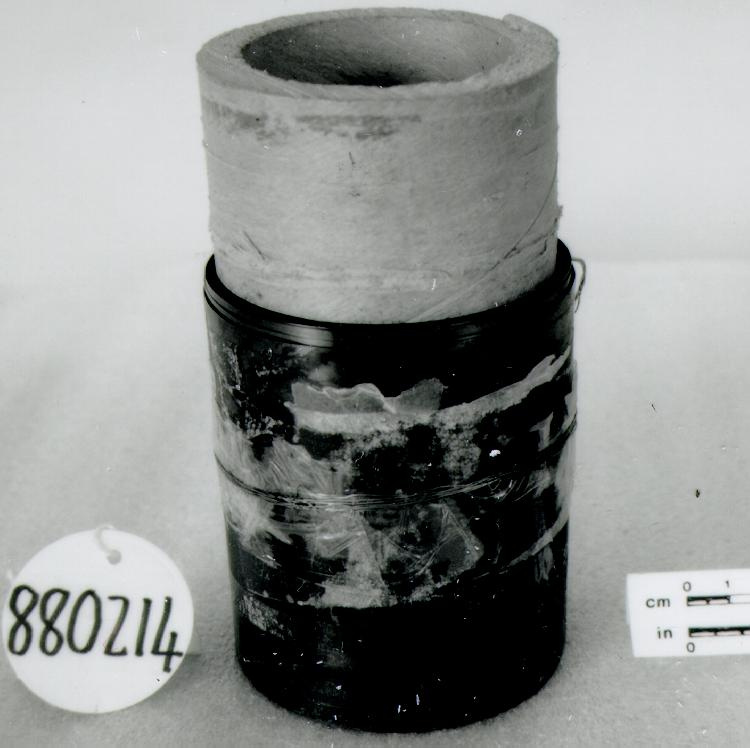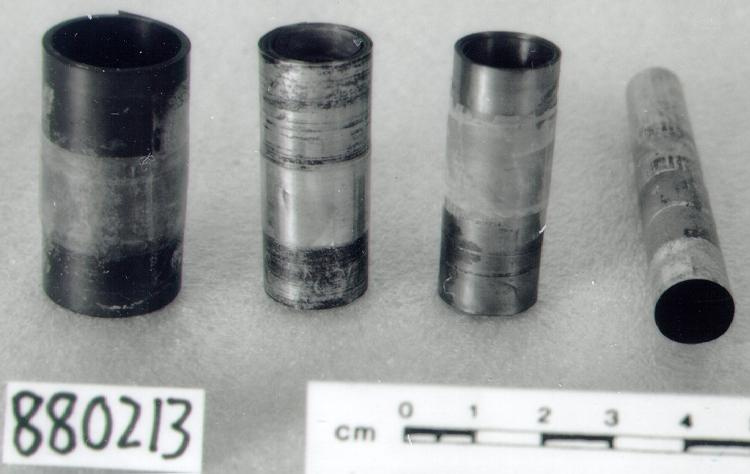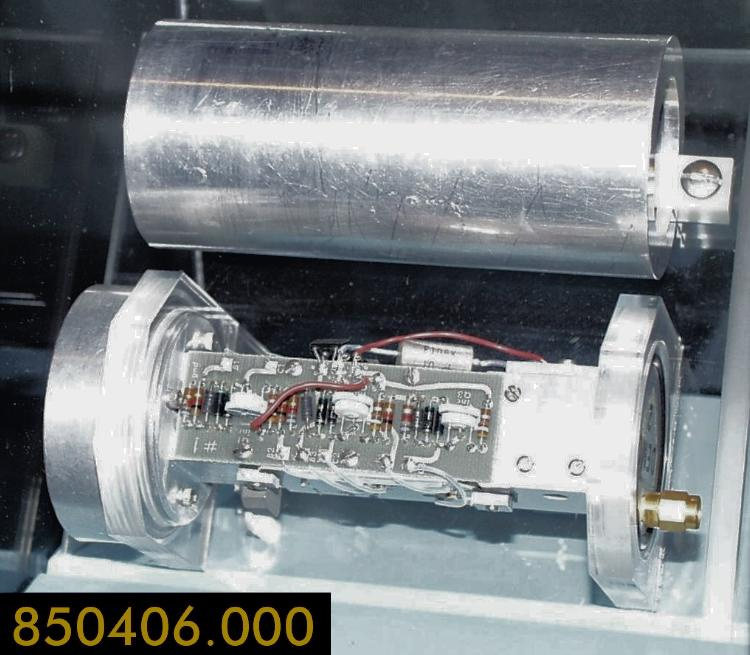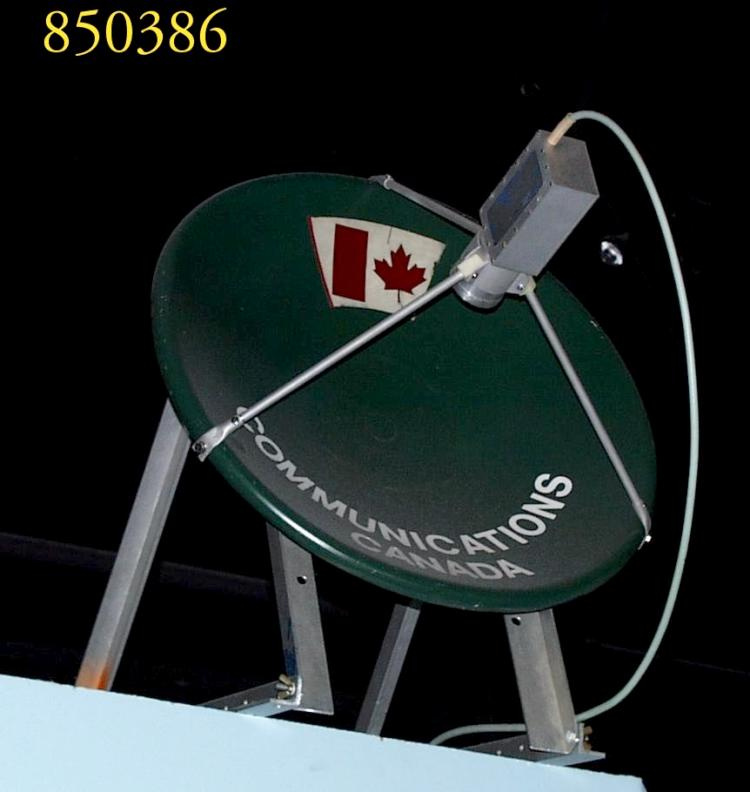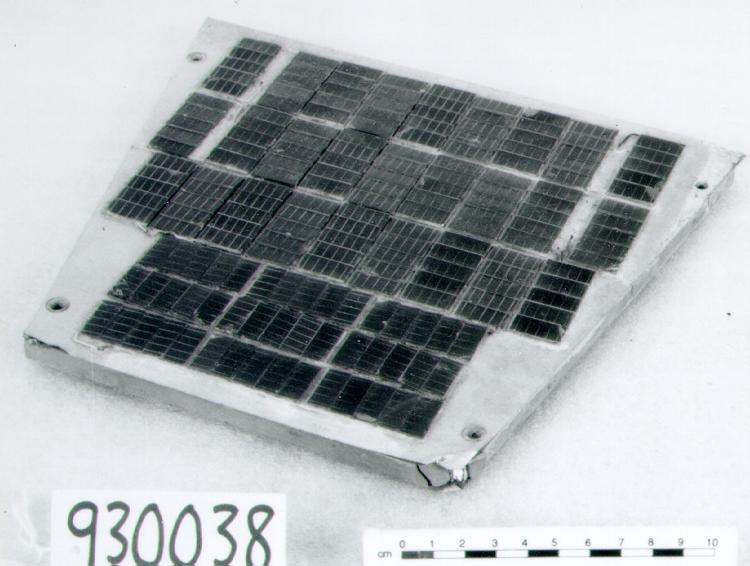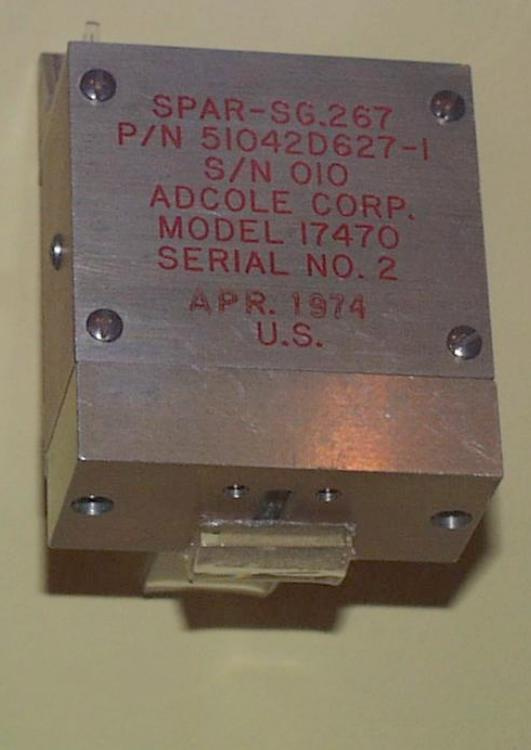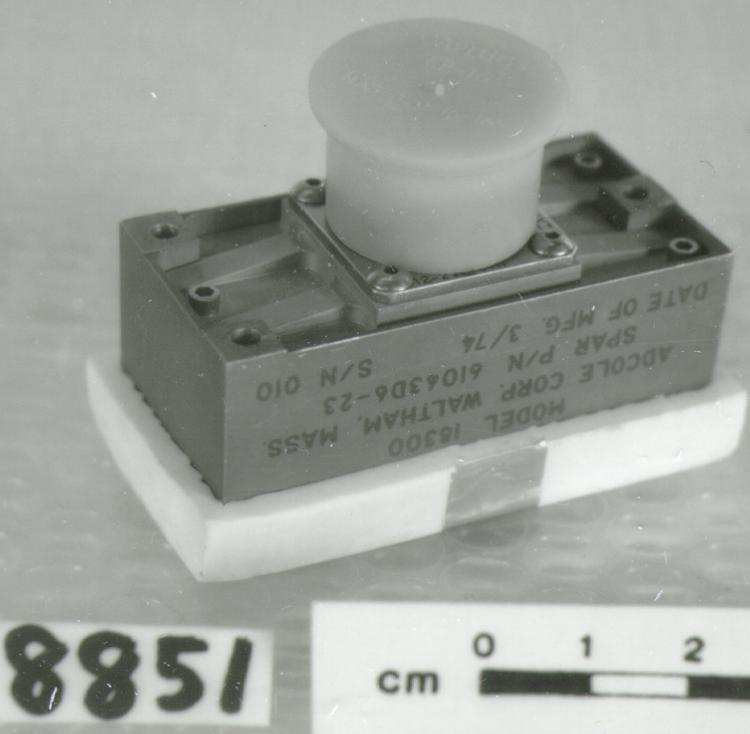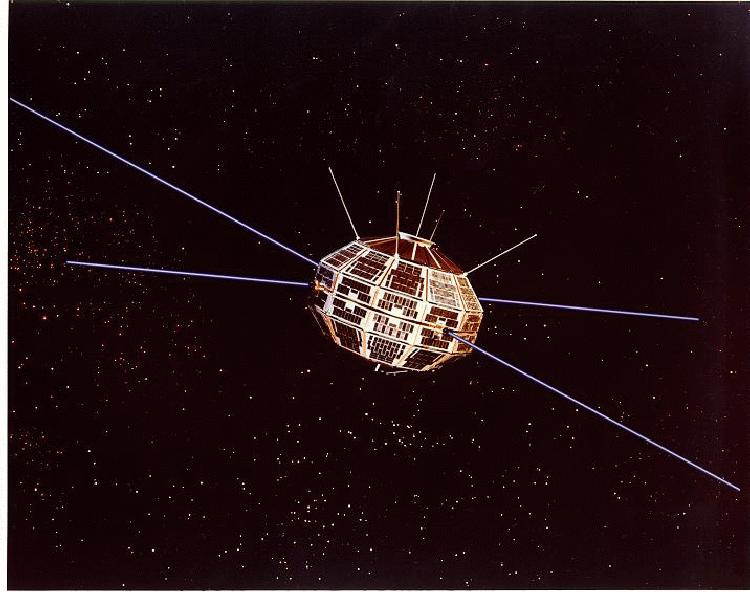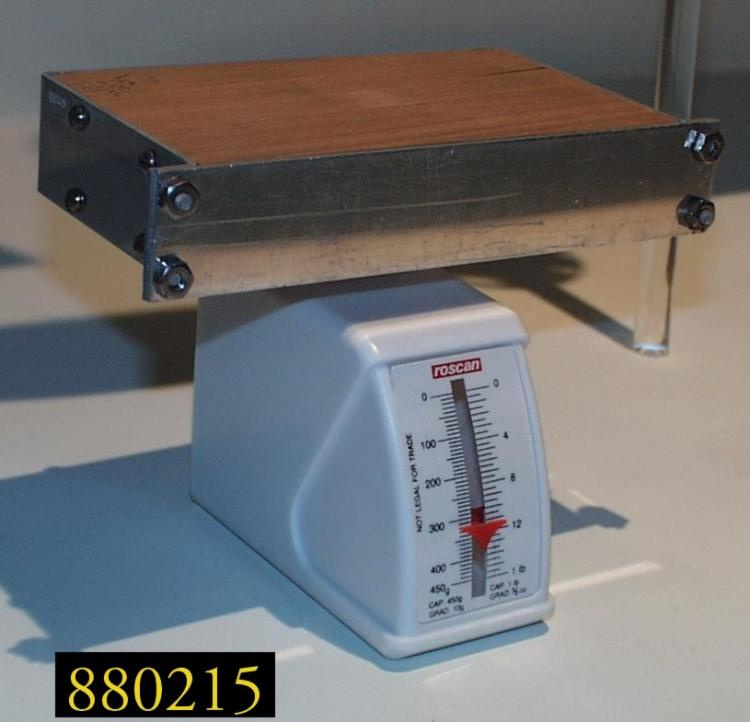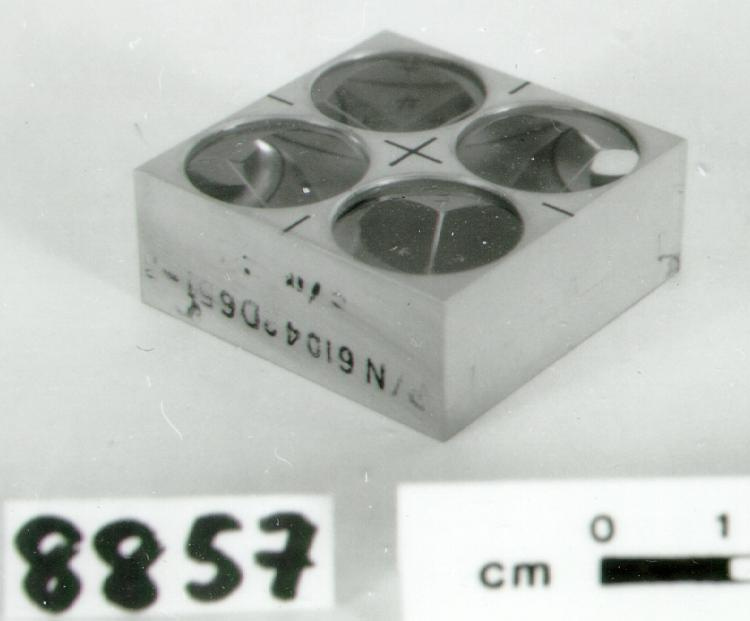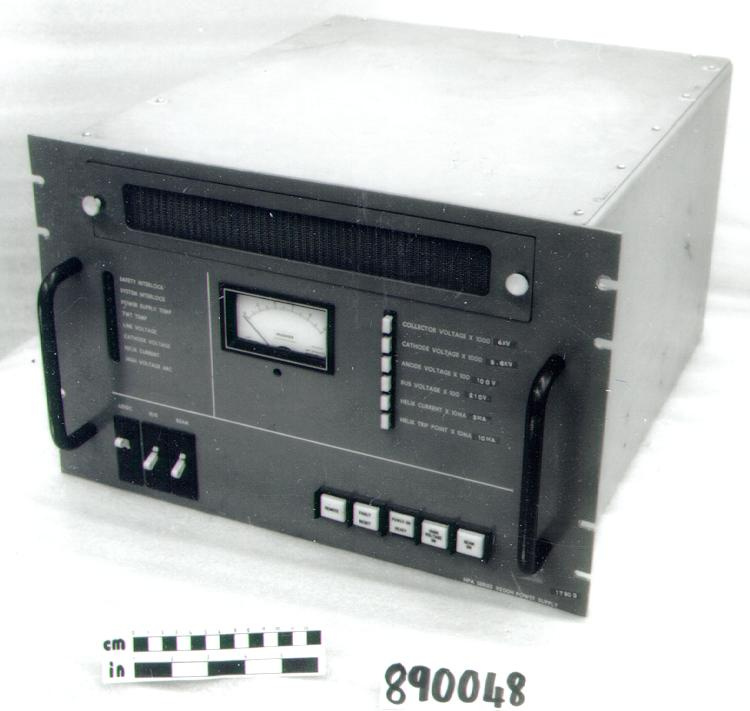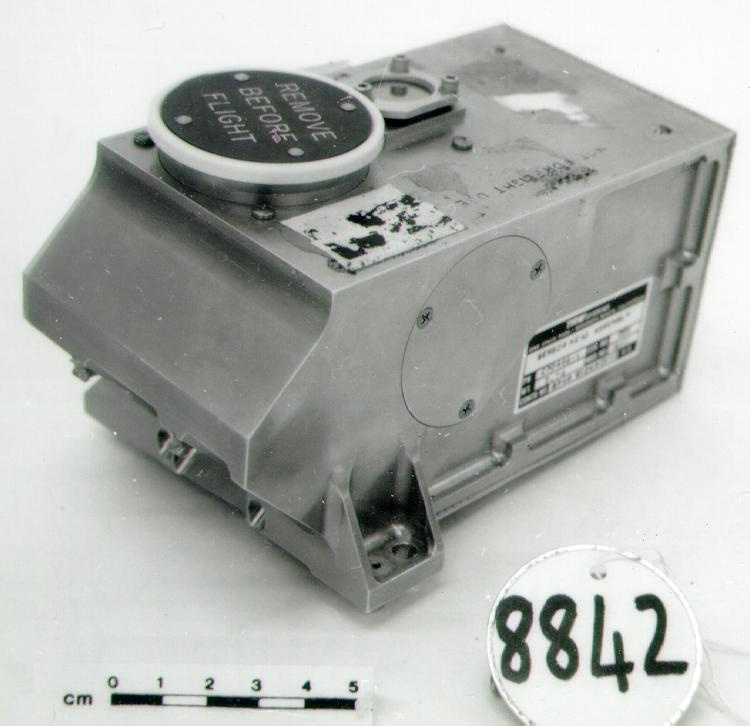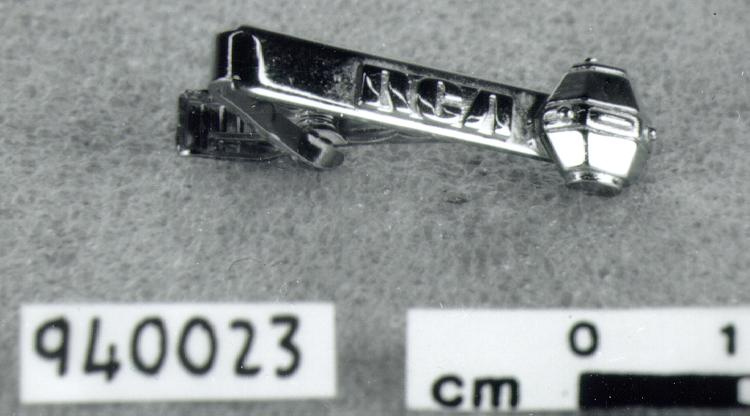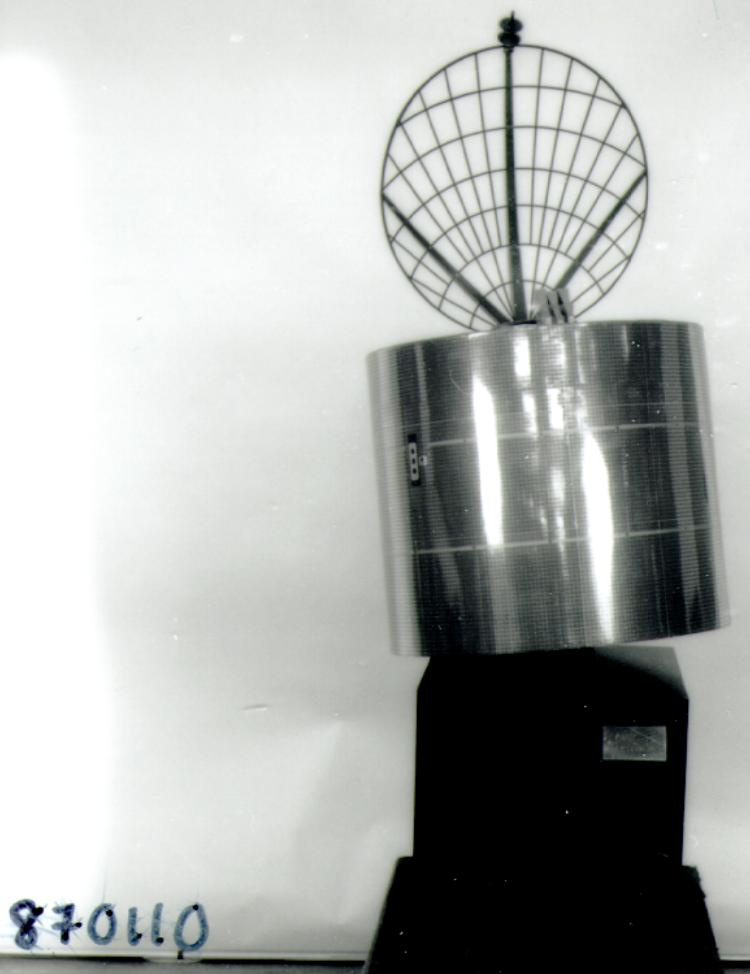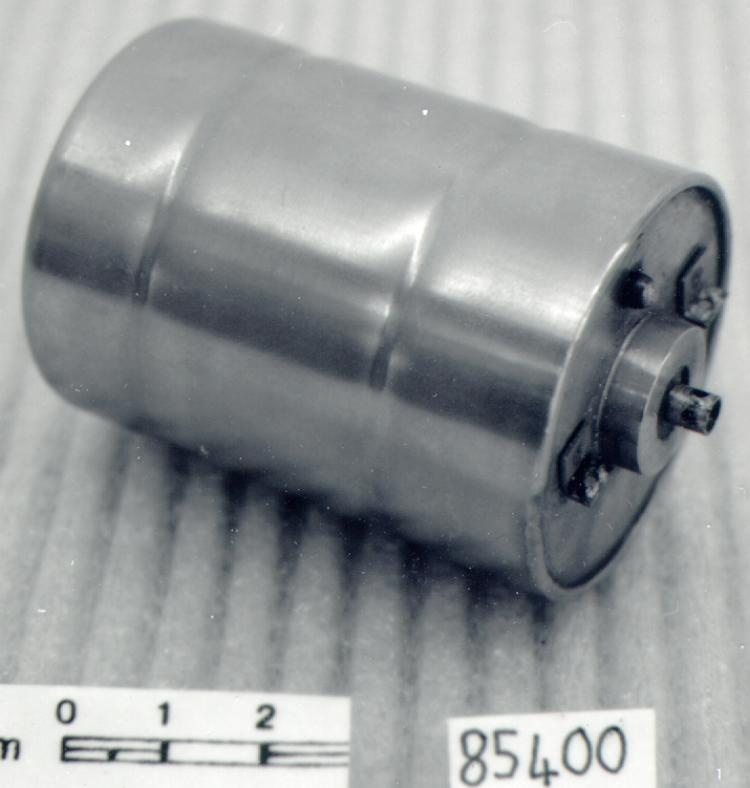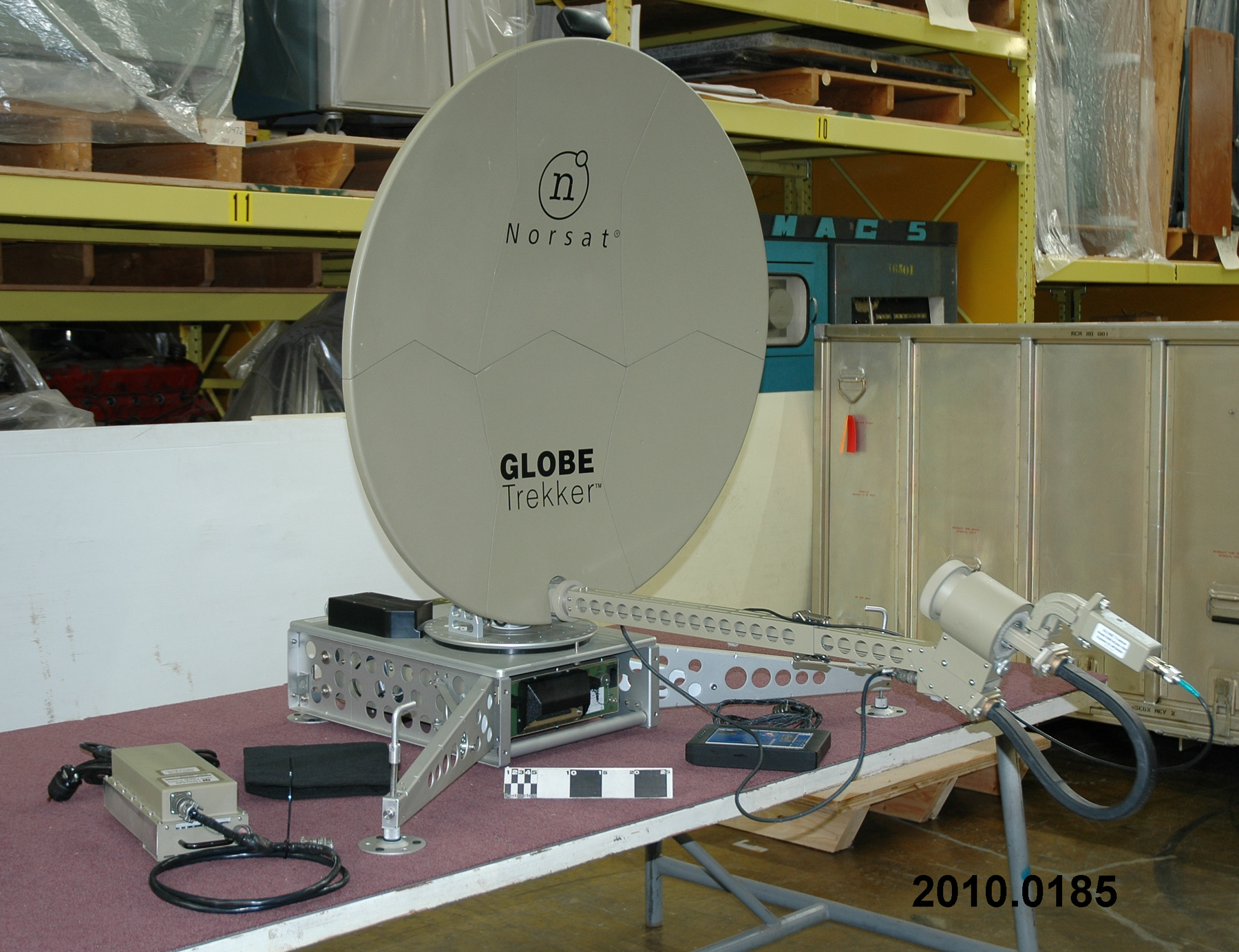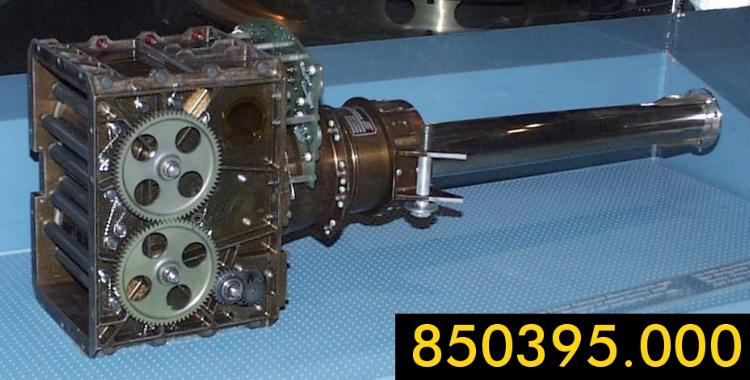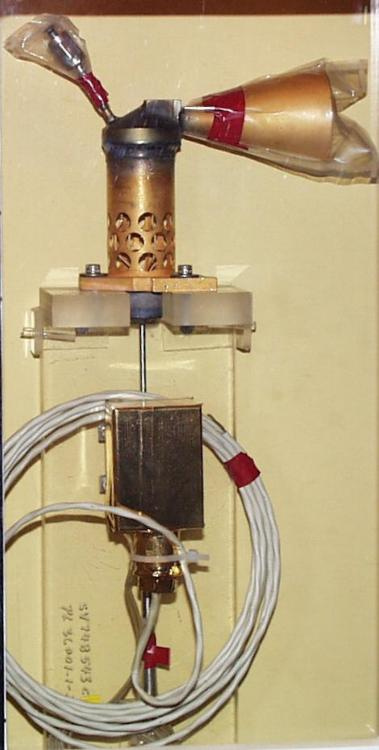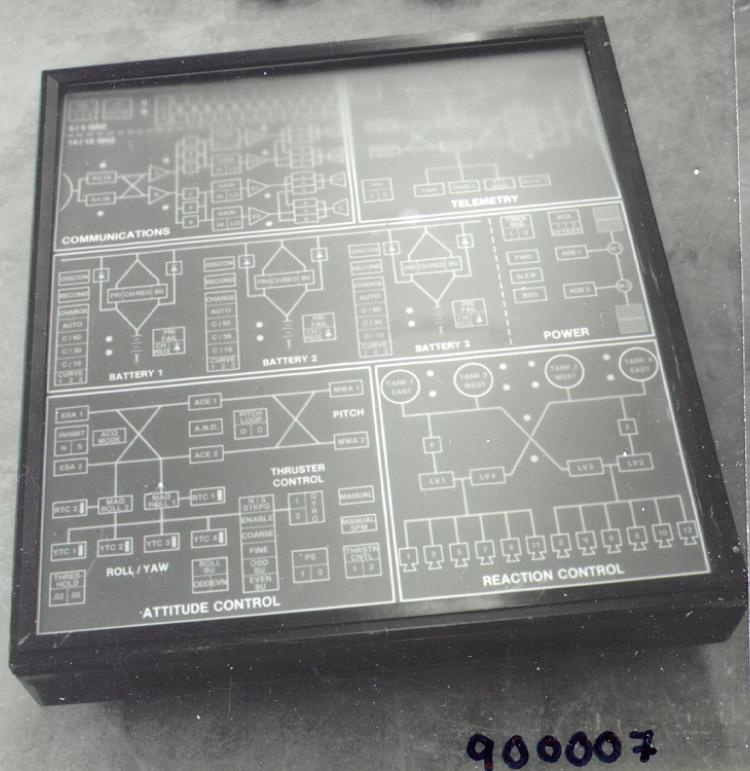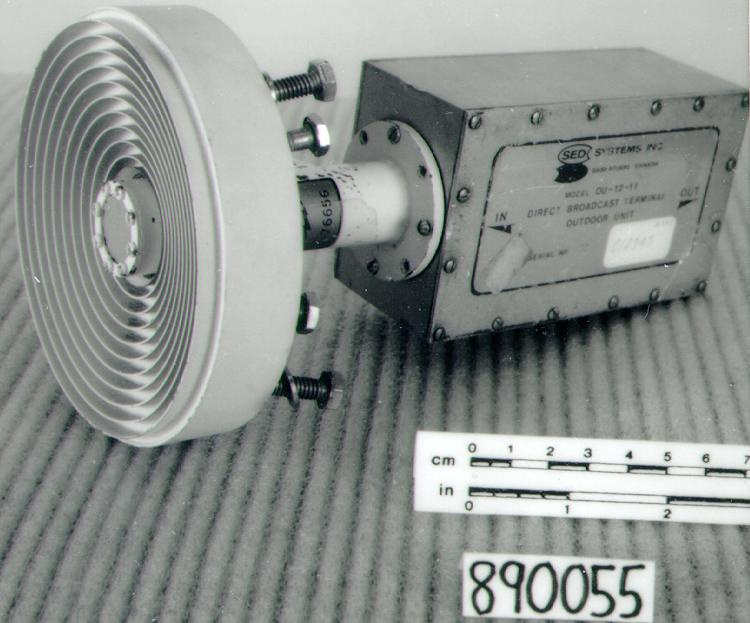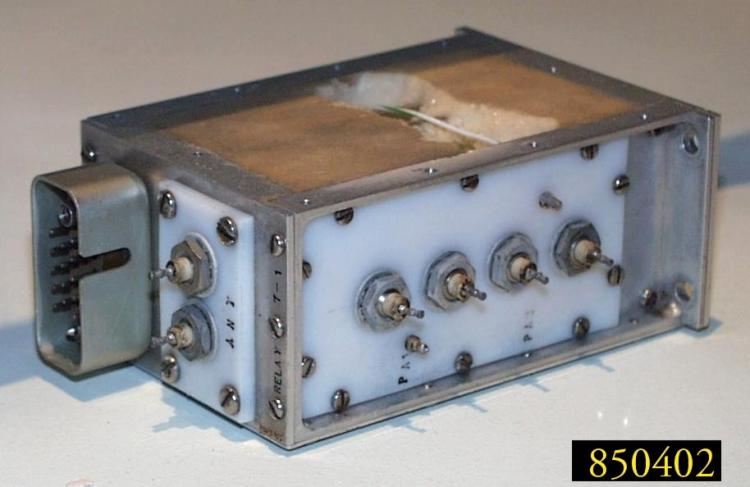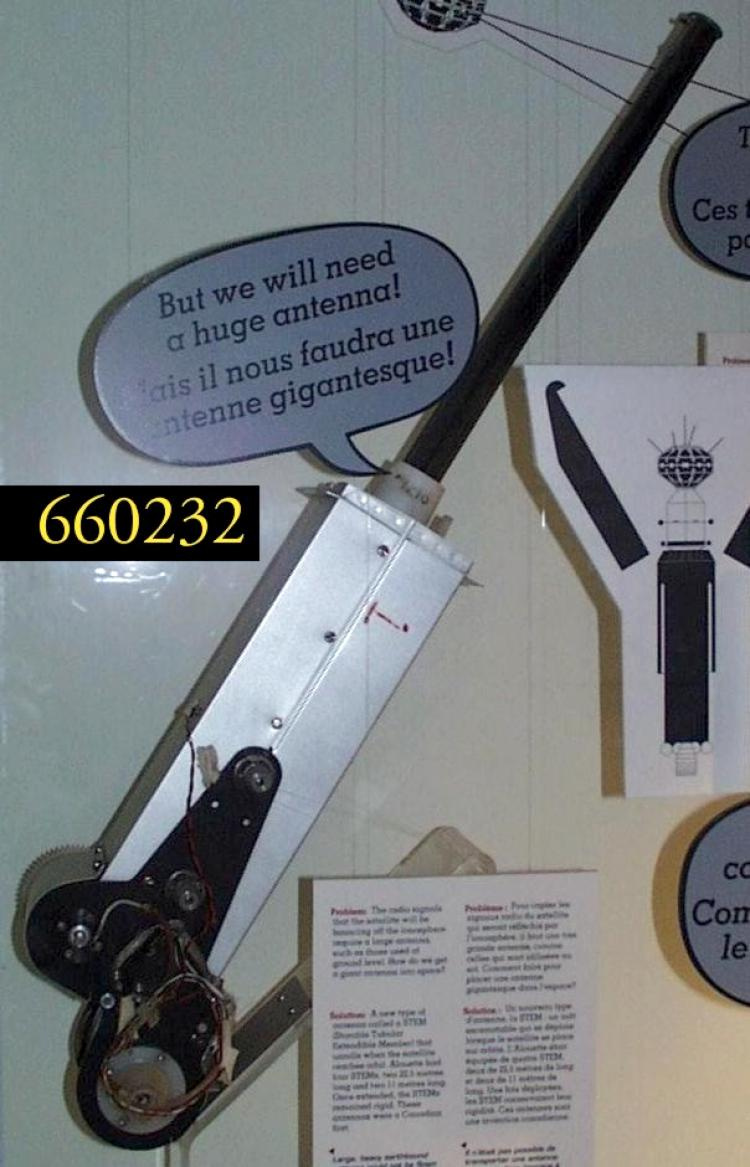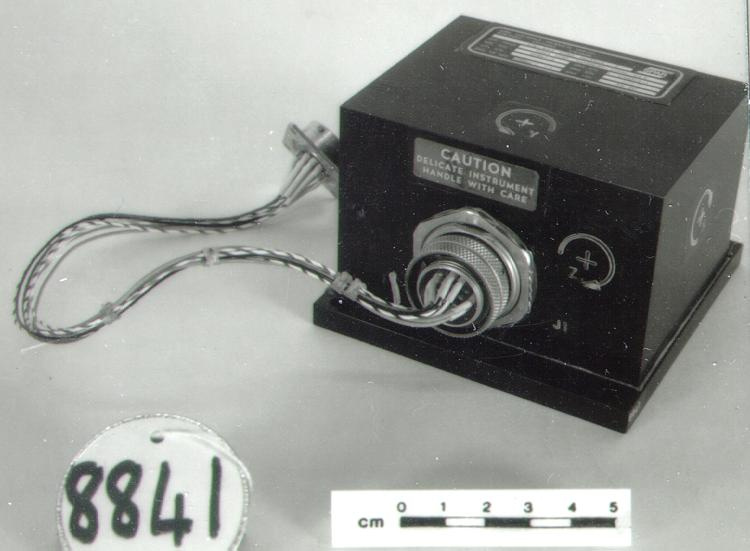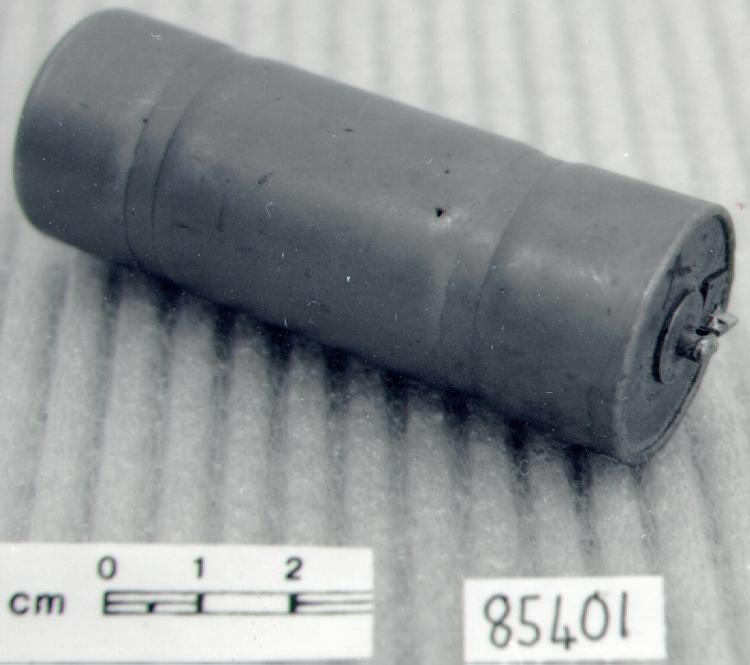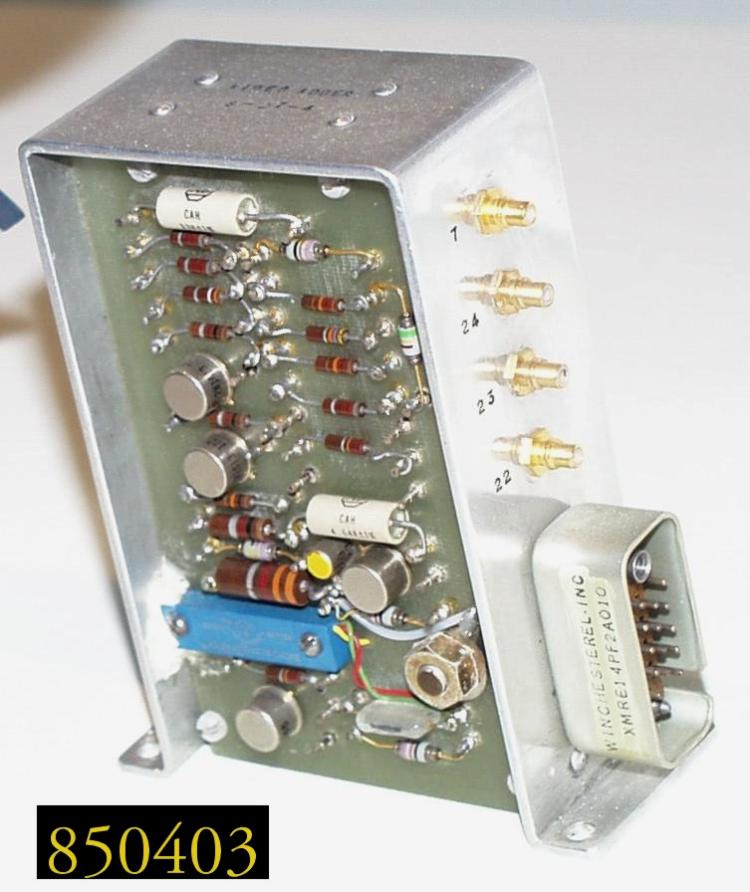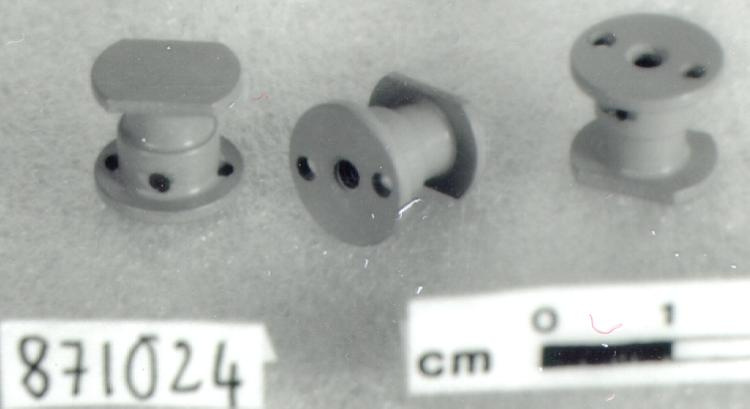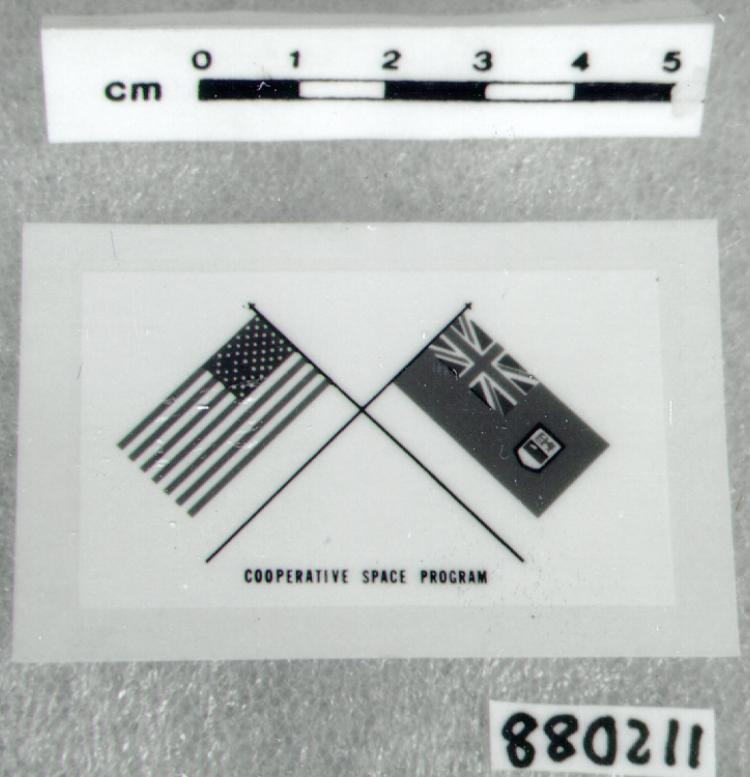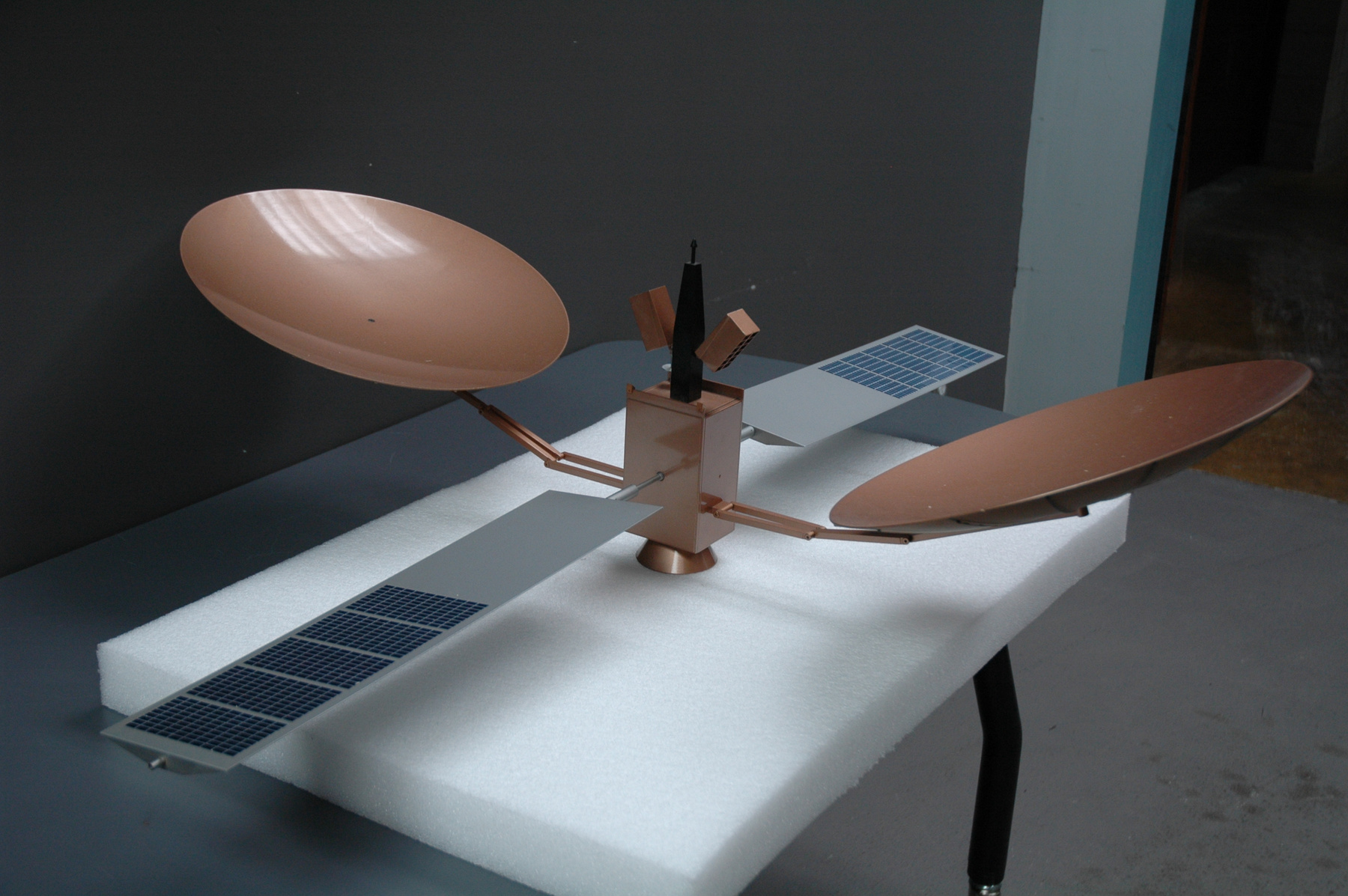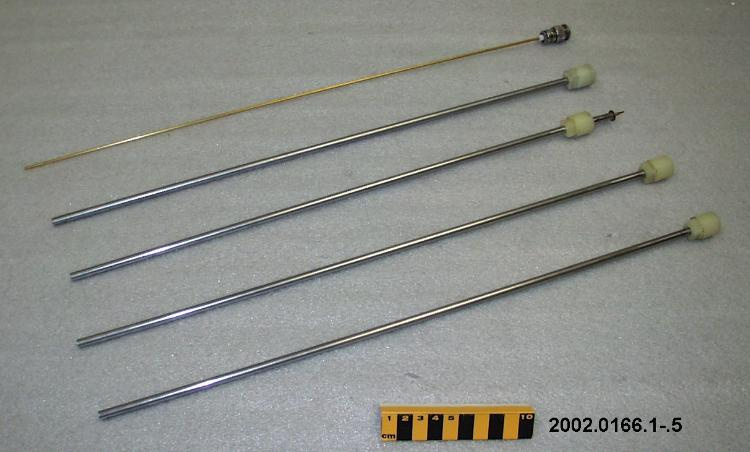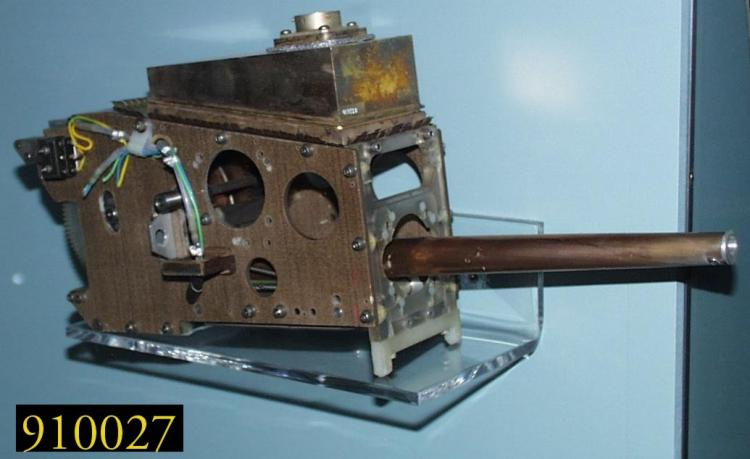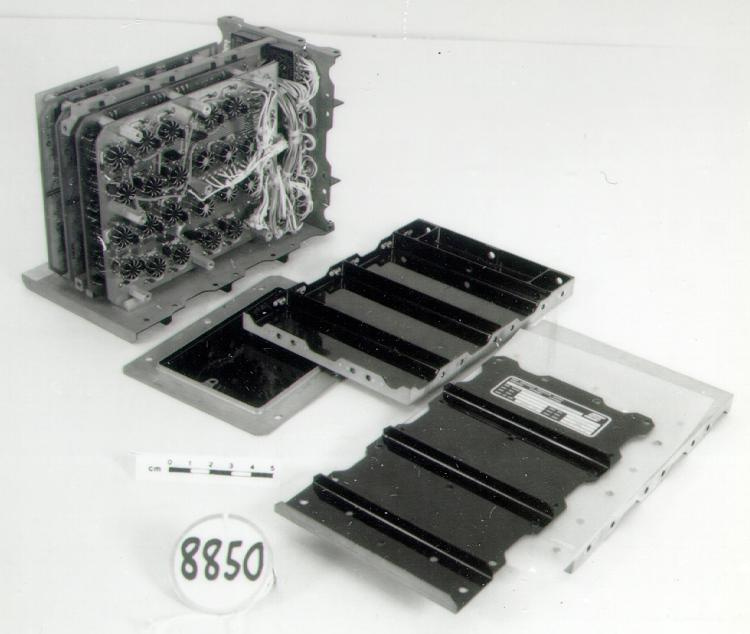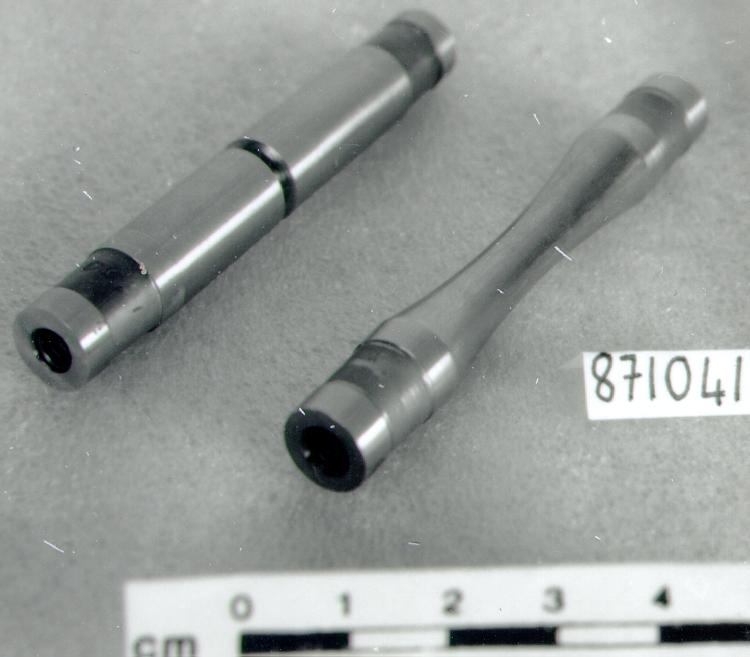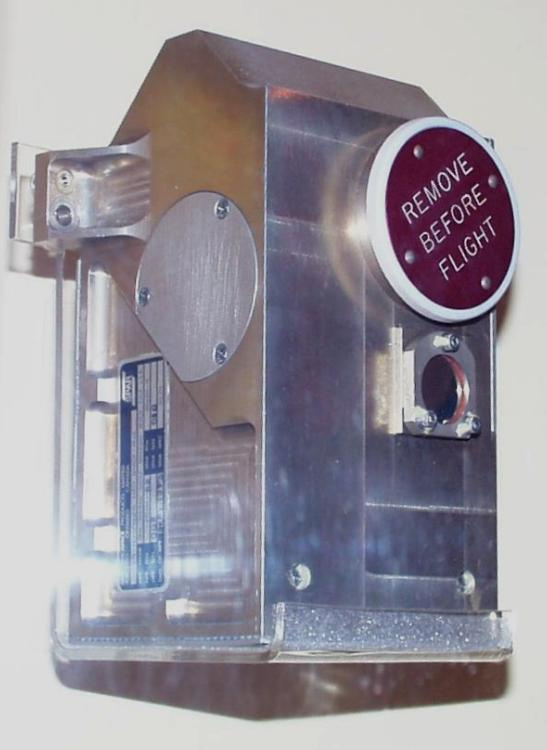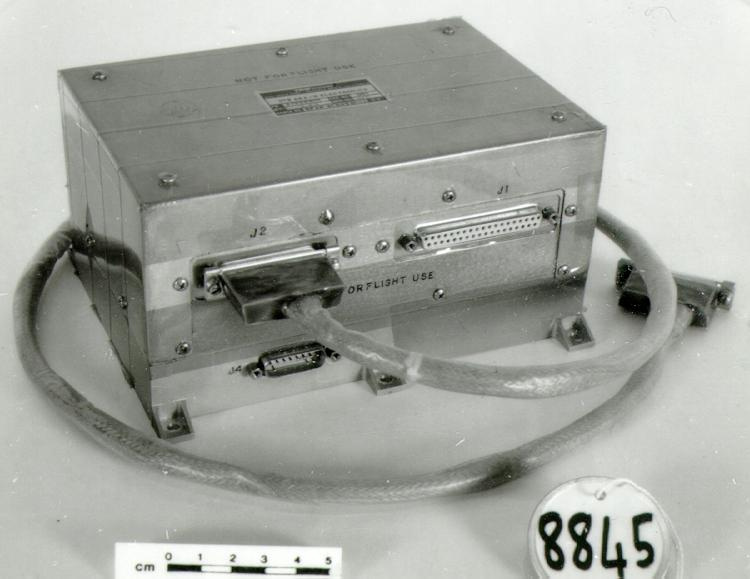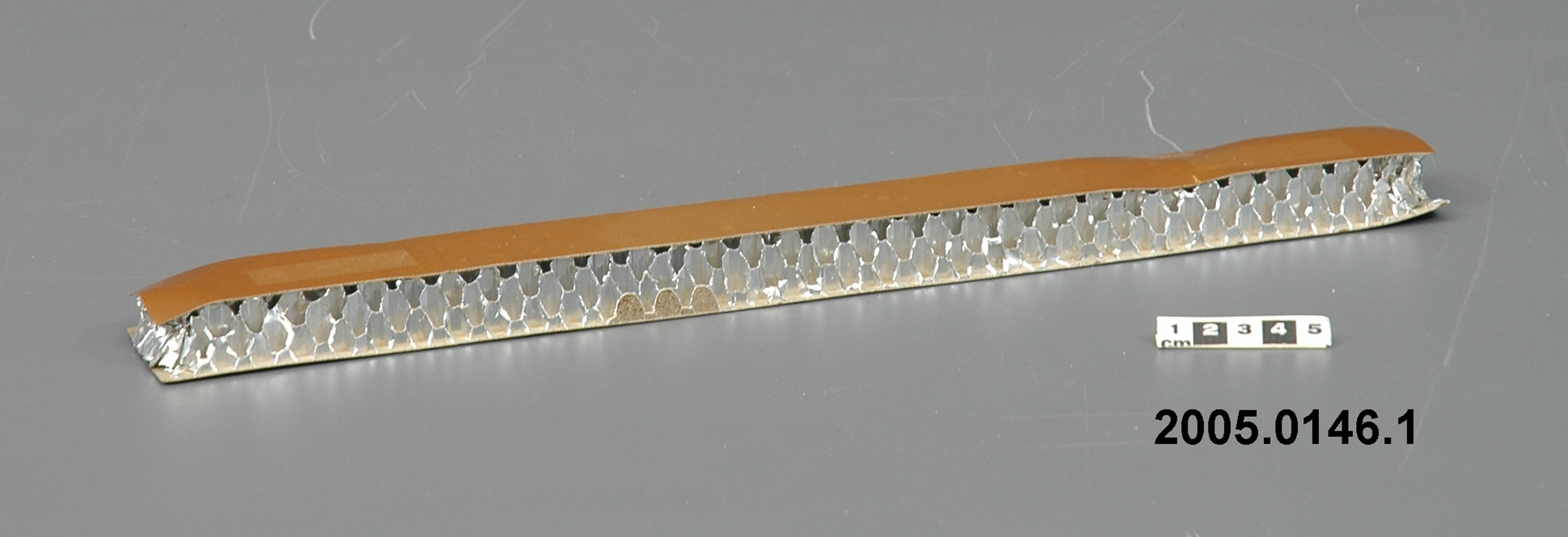Satellite part
Use this image
Can I reuse this image without permission? Yes
Object images on the Ingenium Collection’s portal have the following Creative Commons license:
Copyright Ingenium / CC BY-NC-ND (Attribution-NonCommercial 4.0 International (CC BY-NC 4.0)
ATTRIBUTE THIS IMAGE
Ingenium,
2005.0146.001
Permalink:
Ingenium is releasing this image under the Creative Commons licensing framework, and encourages downloading and reuse for non-commercial purposes. Please acknowledge Ingenium and cite the artifact number.
DOWNLOAD IMAGEPURCHASE THIS IMAGE
This image is free for non-commercial use.
For commercial use, please consult our Reproduction Fees and contact us to purchase the image.
- OBJECT TYPE
- engineering/material test sample
- DATE
- 1971–1976
- ARTIFACT NUMBER
- 2005.0146.001
- MANUFACTURER
- Unknown
- MODEL
- CTS/Hermes
- LOCATION
- Unknown
More Information
General Information
- Serial #
- N/A
- Part Number
- 1
- Total Parts
- 1
- AKA
- Satellite sub-chassis sample
- Patents
- N/A
- General Description
- Synthetic outer layers with metal honeycomb filling
Dimensions
Note: These reflect the general size for storage and are not necessarily representative of the object's true dimensions.
- Length
- 41.0 cm
- Width
- 4.3 cm
- Height
- N/A
- Thickness
- 2.0 cm
- Weight
- N/A
- Diameter
- N/A
- Volume
- N/A
Lexicon
- Group
- Space Technology
- Category
- Communications
- Sub-Category
- N/A
Manufacturer
- AKA
- Unknown
- Country
- Unknown
- State/Province
- Unknown
- City
- Unknown
Context
- Country
- Canada
- State/Province
- Unknown
- Period
- Circa 1971 to 1976. The CTS/Hermes program was initiated in 1971 and the satellite was launched on January 17, 1976.
- Canada
-
CTS/Hermes was a joint DOC-NASA (Canadian government Department of Communications) program and the satellite was designed and constructed by Canadian industry and government agencies. It was used for scientific and technological, space technology and communications experiments, specifically in extending communications services to Canada's remote northern areas, including two-way educational, medical, broadcasting, educational and administrative services. In addition, the design and manufacture of the more complex CTS/Hermes enabled the Canadian space industry to expand its capabilities beyond that required to develop the Alouette & ISIS satellites. CTS/Hermes led to the development of the Anik B and follow-on satellites for regional satellite coverage. - Function
-
A sample of material from a satellite communications platform used to test the material. - Technical
-
An engineering test sample of "honeycomb" material used on a communications platform of the CTS/Hermes communications satellite. CTS/Hermes satellite was a Canadian designed and built spacecraft which explored the use of high power transponders at higher frequencies to expand communications capabilities in northern areas of Canada. The program was initiated in 1971 and the satellite was launched on January 17, 1976. Inaugurated on May 21 1976, it was in operation until November 24, 1979. CTS/Hermes was the first 14/12 GHz high power satellite developed to demonstrate the use of small earth stations. Innovative technology used in CTS included an extendible array of large, light solar cells to generate high power, a dynamic stabilization system allowing the satellite to remain stationary, a new design of travelling wave tube and a high powered 14/12 GHz transponder subsystem allowing utilization of these high frequencies. In its time, CTS/Hermes was most powerful communications satellite in world with its 200 watt transmitter. - Area Notes
-
Unknown
Details
- Markings
- None
- Missing
- Unknown
- Finish
- Brown synthetic/ metallic filling
- Decoration
- N/A
CITE THIS OBJECT
If you choose to share our information about this collection object, please cite:
Unknown Manufacturer, Satellite part, between 1971–1976, Artifact no. 2005.0146, Ingenium – Canada’s Museums of Science and Innovation, http://collections.ingeniumcanada.org/en/id/2005.0146.001/
FEEDBACK
Submit a question or comment about this artifact.
More Like This
